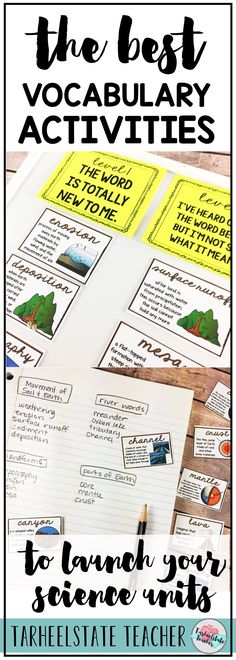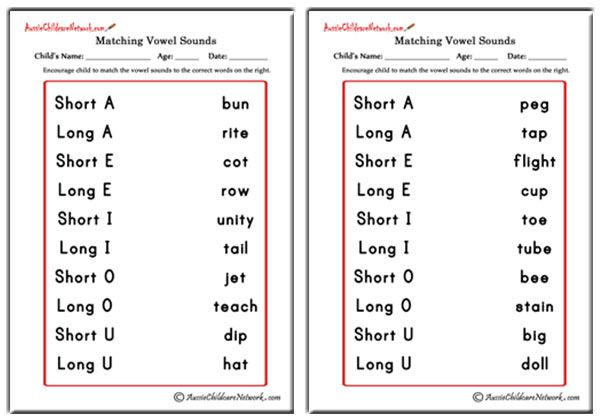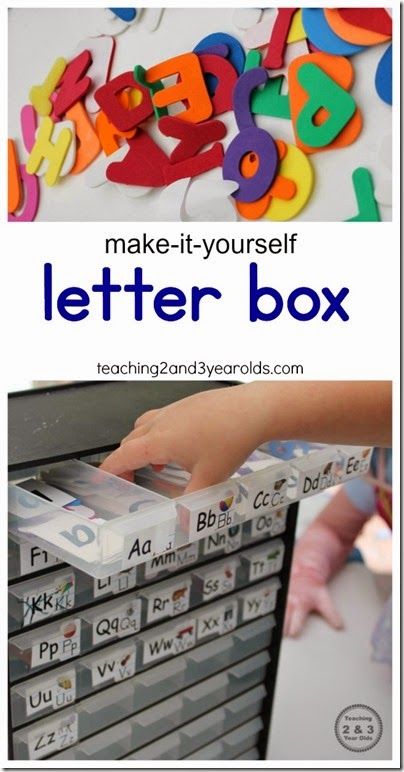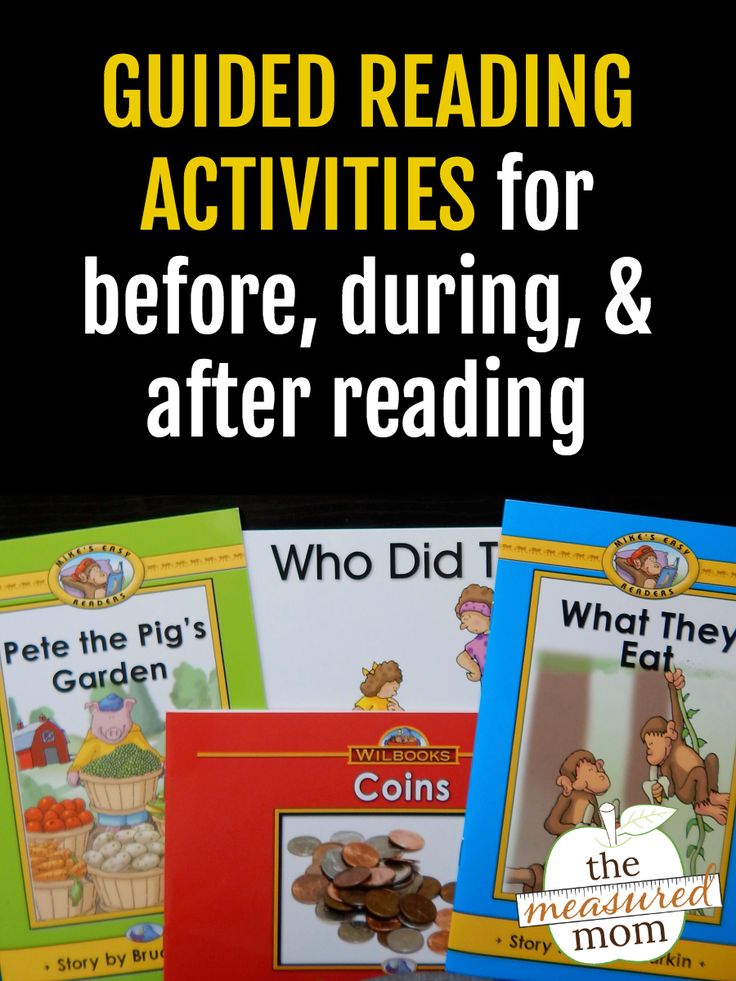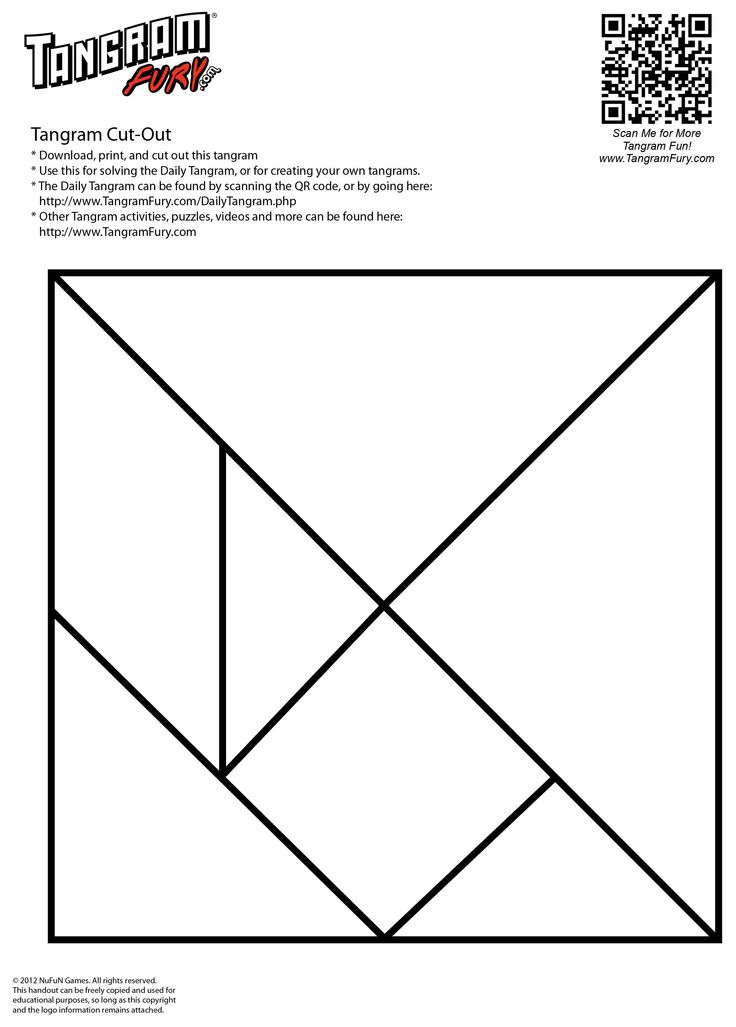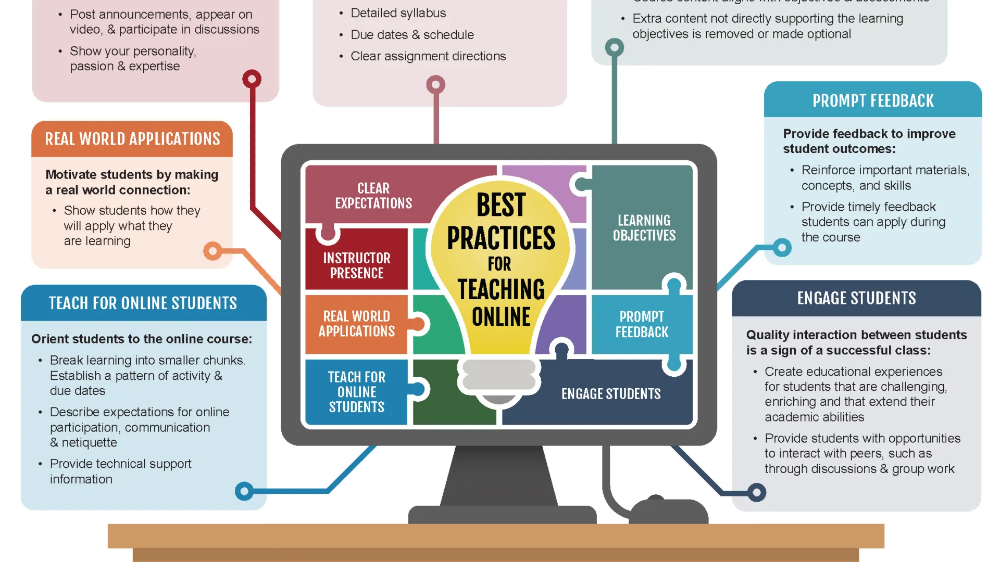Strategies for vocabulary
7 Creative Strategies To Improve Vocabulary Teaching
Vocabulary skills are critical to each student's academic achievement. In and out of the classroom, student success depends on grasping reading comprehension and English language development. Effective vocabulary strategies help you educate children as they learn new words.
Developmental delays, reading difficulties and infrequent exposure to new words can cause setbacks in student progress. However, most teachers agree that passive learning isn't the best way to help students grow their vocabulary skills.
What teaching strategies should you use instead to streamline vocabulary instruction?
How is vocabulary knowledge developed?
Vocabulary is understanding how to use words in relation to their meaning. Developing new vocabulary involves more than just looking up words in a dictionary and using those words in sentences.
Students' vocabulary grows throughout their lifetime through direct and indirect learning. You can adopt direct teaching methods such as:
- Introducing specific word instruction geared toward increased comprehension and vocabulary.
- Leading wordplay activities that build upon previously learned words.
- Encouraging students to read often to boost their word knowledge and language development.
- Using the dictionary to teach word meanings and asking students to use those words in sentences during class participation.
- Utilizing Cognate Awareness (ELL) to teach kids similar words in English and other languages, such as Spanish. Cognates are two words in different languages that have similarities including spelling, meaning, and pronunciation.
- Making speaking skills a priority when learning vocabulary.
- Reading stories to your students. It helps them to question and learn specific words. Books that contain pictures may help reinforce the 'bigger' words for your students.
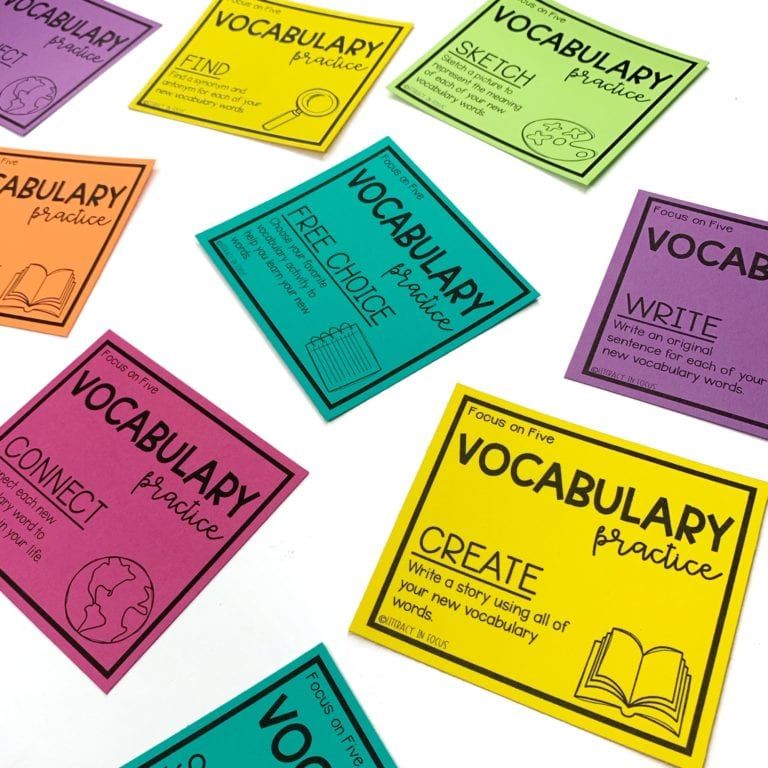
Deepening vocabulary skills takes a lifetime. It’s vital that students understand how to learn new words so that they don't feel singled out if they're struggling to enhance their vocabulary.
Effective vocabulary learning techniques
When teachers use word learning techniques and teaching strategies like dictionary use, morphemic analysis, cognate awareness and contextual analysis, students catch on quickly and can recall new words, synonyms and antonyms. Each of these components builds on their prior knowledge of other words to create their own vocabulary library.
Effective teaching strategies include various methods you can use in the classroom today:
- Expose students to the same word many times to support learning
- Give students the definition of the word and ask them to write that word in a sentence
- Use graphic organizers to define new words
- Teaching kids to be independent and learn how to correct their own errors — it's ok to make mistakes!
- Bring technology into the classroom and use digital tools suited to teaching vocabulary.
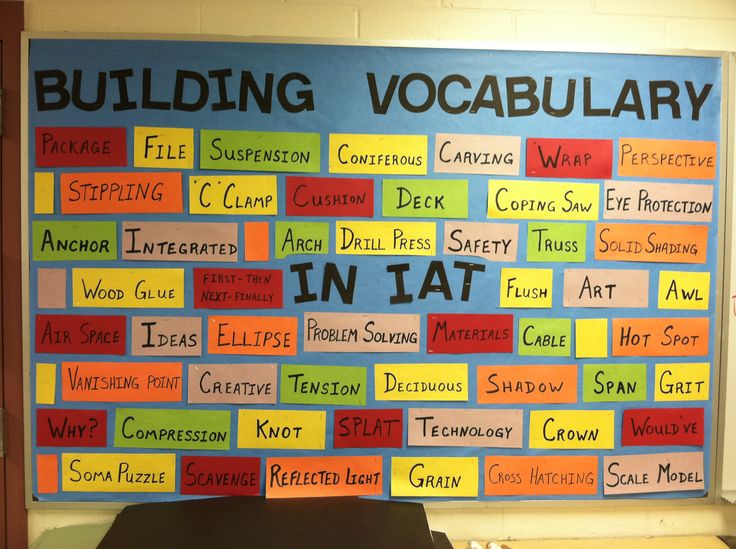
- Let students practice often
Simple and effective vocabulary strategies help your students build an impressive vocabulary. But we have more tactics to share with you!
Be sure to have a look at the comprehensive list of targeted strategies to help you teach vocabulary to your students.
1. Take a student's perspective
You understand what it's like to grow your own vocabulary — you’ve been doing it for many years! With your higher education and experience in reading and writing, there is much wisdom you can pass onto your students.
Adjust lesson plans to accommodate any problems that students encounter as they learn new words. Show them how to take a word they've never heard of before, sound it out and show its use in a sentence or two. They'll pick up on its meaning through the sentences.
One way to level-up this language technique is to take a culturally-responsive approach. And you can do this by framing new words in examples that are familiar to your students whether it's geographically, culturally or socio-economically, for example.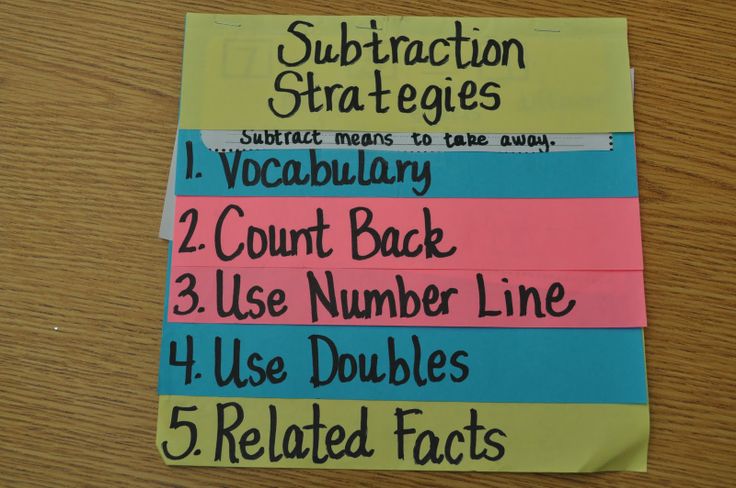
2. Try using a word wall
A word wall encourages kids to focus on learning new words. Word walls are easy to create! Simply type or handwrite a list of words in large letters and hang them up on a bulletin board or a wall where students can see it every day. Be sure to add new words throughout the year so that your students deepen their knowledge of unknown words and their meaning.
Invite your students to take part in creating a bigger wall and add pictures, synonyms and antonyms to each word. If they're having trouble grasping the meaning of specific words, adding synonyms can help ease confusion.
Word walls provide a fun way to increase your students' vocabulary skills.
3. Create vocabulary notebooks
Vocabulary notebooks encourage students to expand their prior knowledge and boost their English language proficiency. Hand out notebooks so that they can jot down new words and their meanings. You can motivate students to think about writing synonyms and antonyms beside each new word.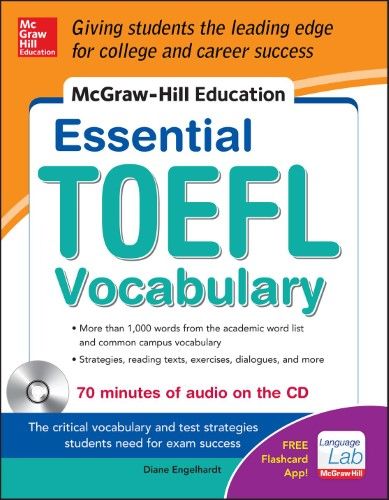
To make vocabulary notebooks more fun, ask your students to draw pictures or create charts to show how they used a word in a few sentences. It gives them an opportunity to practice that word a few times and reinforce its definition.
And speaking of opportunities, a perfect time for students to practice their language with vocabulary notebooks is during writing periods.
A regular cadence of writing periods coupled with their vocabulary notebooks will encourage students to reflect on the words they’ve learned and to actively use them in their writing to get additional practice.
These vocabulary word books remind students of their advancement. It'll help them realize just how much they've progressed throughout the year.
4. Connect word meanings with semantic mapping
Semantic mapping is a type of graphic organizer that displays a relationship between specific words and phrases.
Select one student to draw a keyword on the chalkboard. Next, encourage students to participate in creating the map and write words that are connected to the keyword.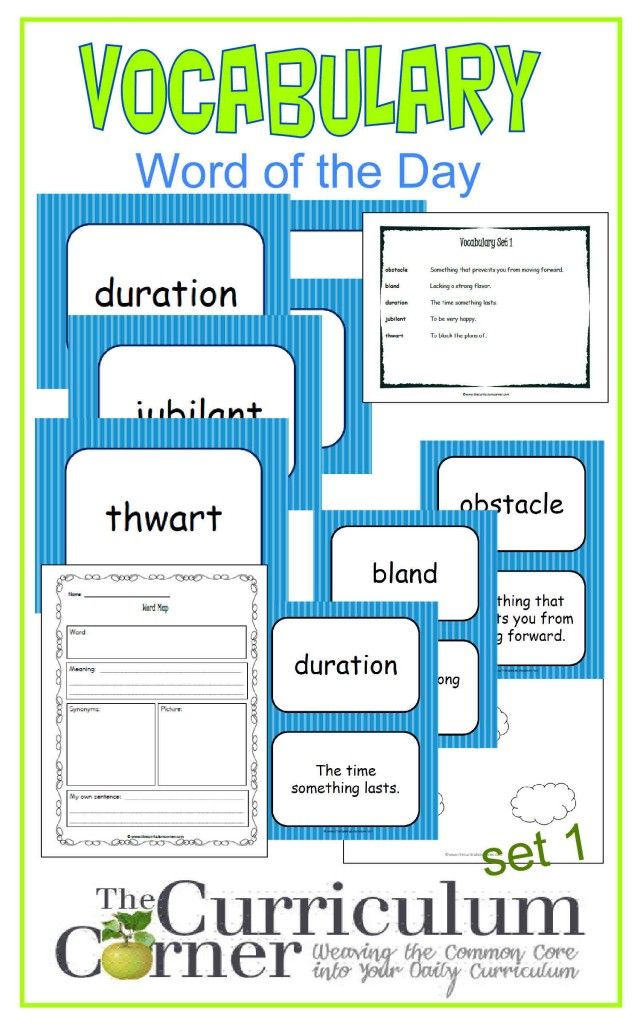 For example, a student or teacher could write the keyword "farm" on the chalkboard. Your students would take turns writing words such as cow, barn, horse, hay and farmer.
For example, a student or teacher could write the keyword "farm" on the chalkboard. Your students would take turns writing words such as cow, barn, horse, hay and farmer.
Semantic maps help build students' vocabulary and reading comprehension. Teachers can add more challenging words each week. As students grow their vocabulary, they'll become confident in their reading and writing abilities.
5. Make word cards
Word cards help students to develop their ability to learn new words and highlight their meaning. There are a few ways you can get students to create their own word cards.
In this example, students can write single keywords on separate blank cards. They'll determine if that word is a noun, pronoun, adjective or verb. Make sure they write the definition below each word. Instruct them to use those words in a few sentences, or turn the word into a quick writing prompt.
Consider putting students into small groups of two to four kids. They can help each other to develop their vocabulary by introducing keywords to each other and asking them to use those words in a sentence.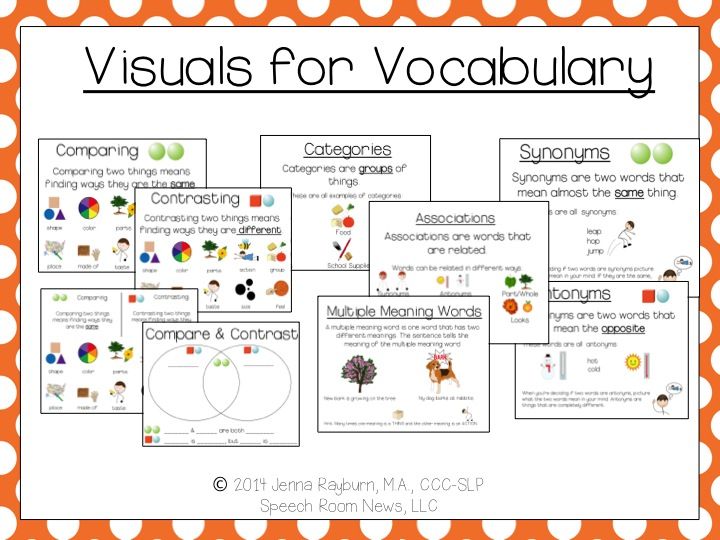
Weekly word cards support English language development and enhance reading comprehension.
6. Encourage reading comprehension
It's crucial to every student's academic success to develop reading comprehension abilities. A variety of teaching methods, combined with consistent reading assignments, should help build comprehension and vocabulary development.
Below, you’ll find a few tips to help strengthen your students' reading comprehension skills:
- Class discussion about books they're reading. Talking about books helps students to remember the stories and promotes comprehension.
- Phonics. Practicing phonics is a fun way for kids to build their vocabulary skills. Phonics helps students master sounds and differentiate between letters that sound the same as "s" and "th".
- Reading grade-appropriate books. Give your students books suited for their grade level. Books should be easy enough for kids to understand the story's meaning but challenging enough to expand their vocabulary.
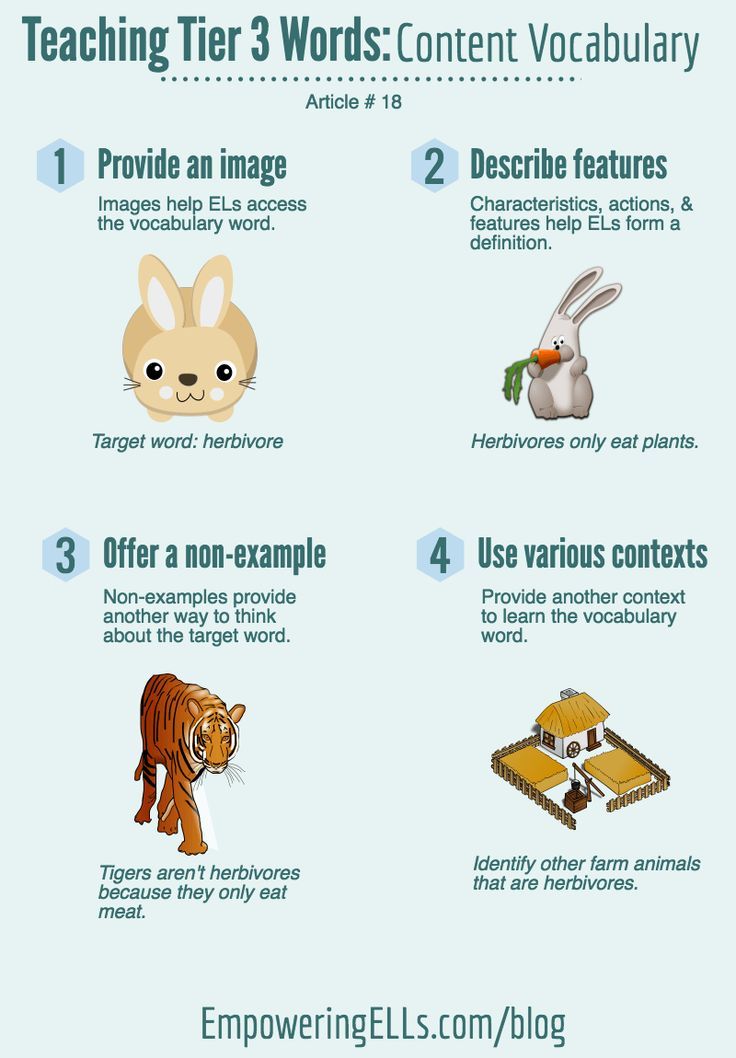
- Read aloud. Get students to take turns reading aloud to help them see words and to hear them, too. They can learn how to pronounce the words as they go. Be mindful of students who might find reading aloud in front of the whole class to be daunting. If any students come to mind, it can help them to read aloud to a partner, teacher, parent or small group.
7. Use visuals and situations
When possible, use meaningful visuals in your classroom. Flashcard tools like Vocabulary Cartoons help students connect words to fun cartoons through memory techniques. This program works well from the elementary grades through to high school.
Use the following visual vocabulary teaching strategies with your students:
- If you've created a word wall, ask your students to make paper flashcards with new words and their definitions. Display the flashcards for the entire class to look at every day. Make sure you change the words each week so that they continuously learn new words and phrases.
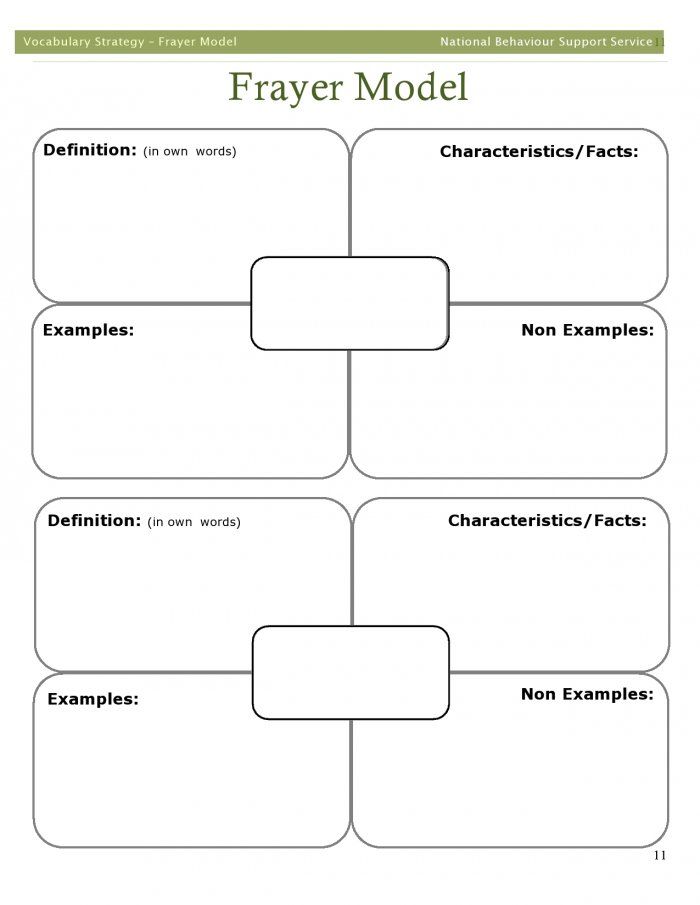
- Turn your students into word detectives! This fun activity gets kids to read books while searching for keywords. Hand them a list of keywords to find in the book. When they find the keywords used in sentences, encourage them to use those words in spoken and written sentences.
- Kids love art, so why not get them to create drawings to express their understanding of words? Students can form their own connections to new words through drawings, patterns, and other examples.
Make new words fun to learn! Combine visuals such as graphics and photos with auditory learning to cover a range of learning styles and make it easier for students to learn new words.
Using word-learning strategies
Word-learning strategies allow students to familiarize themselves with words and phrases. Instead of having partial knowledge, they'll learn the meaning of the word and any related words. Students can develop word consciousness with the help of quality reading materials and practical teaching methods.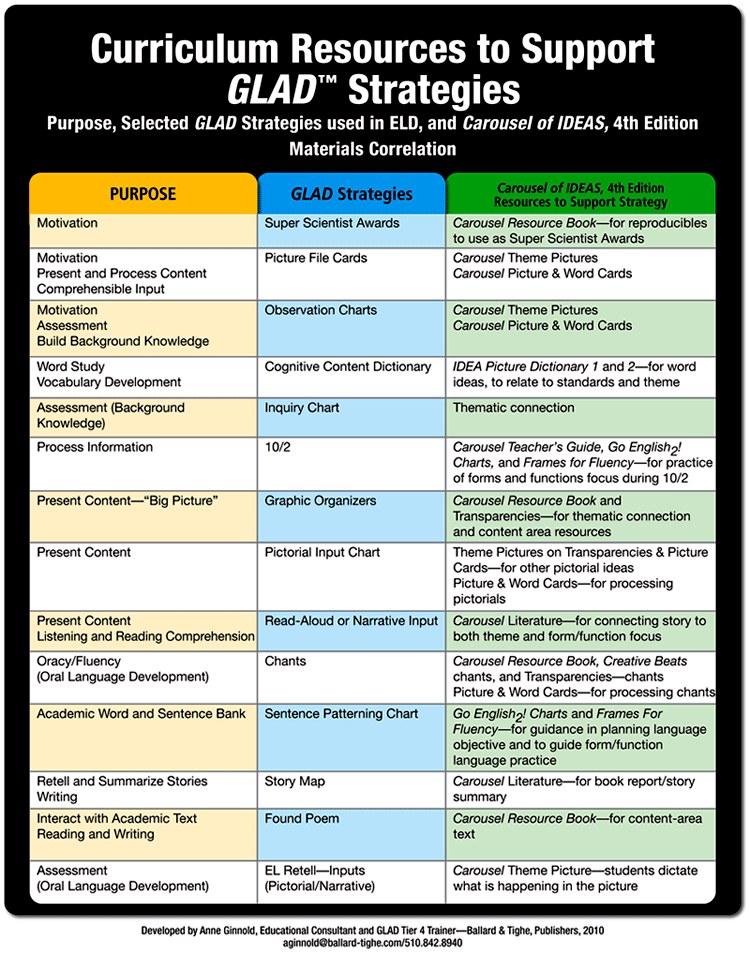
Break down words into meaningful parts
Word parts are root words you can add a prefix or suffix to make a new word.
Allowing students to read keywords and add prefixes or suffixes helps them garner the meaning of those words based on how it's used in a sentence. Give your students opportunities to guess the meaning of word parts to support their vocabulary growth.
Word parts work best for students with a larger vocabulary.
Ask questions about a word
One way for students to learn words involves understanding the definition, how it works grammatically and its subtext. Motivate your students to ask questions such as:
- Does the word have a masculine or feminine version similar to other languages?
- How can I use the word in more than one sentence?
- Does the word have several meanings? Homonyms such as "pen" can mean an instrument to write with, or an animal enclosure.
When students deepen their word knowledge, they'll gain confidence in their ability to strengthen their vocabulary.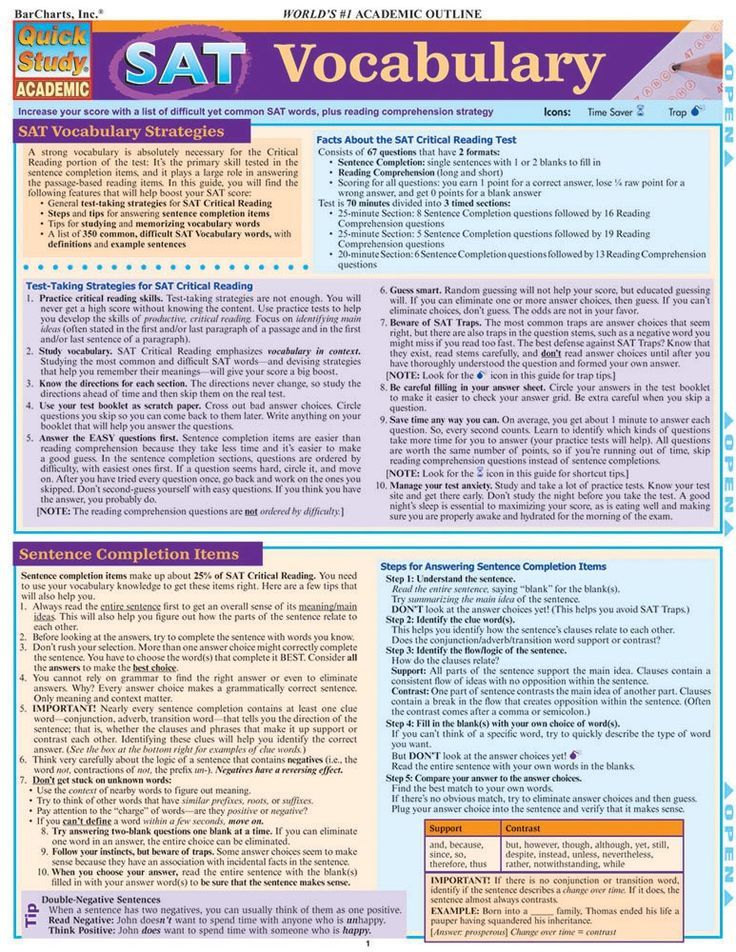
Reflect and practice new words
Some words are easier to learn than others. Inspire your students to test their word knowledge and determine areas where they need help. They might require assistance in boosting their confidence to use those words in sentences or to speak them with confidence. Also consider that they may not fully understand the meaning of those words.
Encourage your students to reflect regularly on new words and use them in their everyday conversations. This is where vocabulary notebooks come in handy to build word knowledge!
Additional vocabulary activities
Bring words to life through vocabulary development activities! There are lots of fun things you can do in the classroom that encourage students to practice vocabulary.
Try these activities to boost kids' vocabulary skills:
- Guided word sorting. Give your students a list of words to sort into various categories, such as parts of speech (noun, verb, etc.
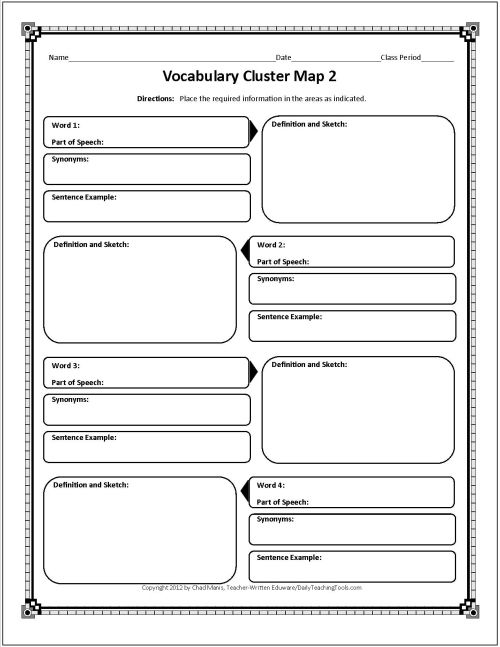 ), geography (cities, towns), or something they can relate to. Students develop an understanding of new words as they group them into categories. Turn word sorting into a fun game!
), geography (cities, towns), or something they can relate to. Students develop an understanding of new words as they group them into categories. Turn word sorting into a fun game! - Word fixes (on-purpose errors). Use a word incorrectly in a sentence and ask your students to correct the mistake. Choose one or more students to write the word correctly in a sentence and share it with the rest of the class.
- Make mind maps. Mind mapping involves the use of colored pencils and pens to create a graphic of how the keyword connects to other words, similar to the semantic map.
With these fun activities, vocabulary isn’t just another spelling quiz — it’s a core part of your instruction that supports everything else you teach.
Prodigy English is a brand-new adventure that helps students master key vocabulary skills in a world of their very own.
Every correct answer gives students more energy they can use to gather resources, craft items and build their very own village! Create your free Prodigy teacher account to track student progress, send assignments and help build a love of learning.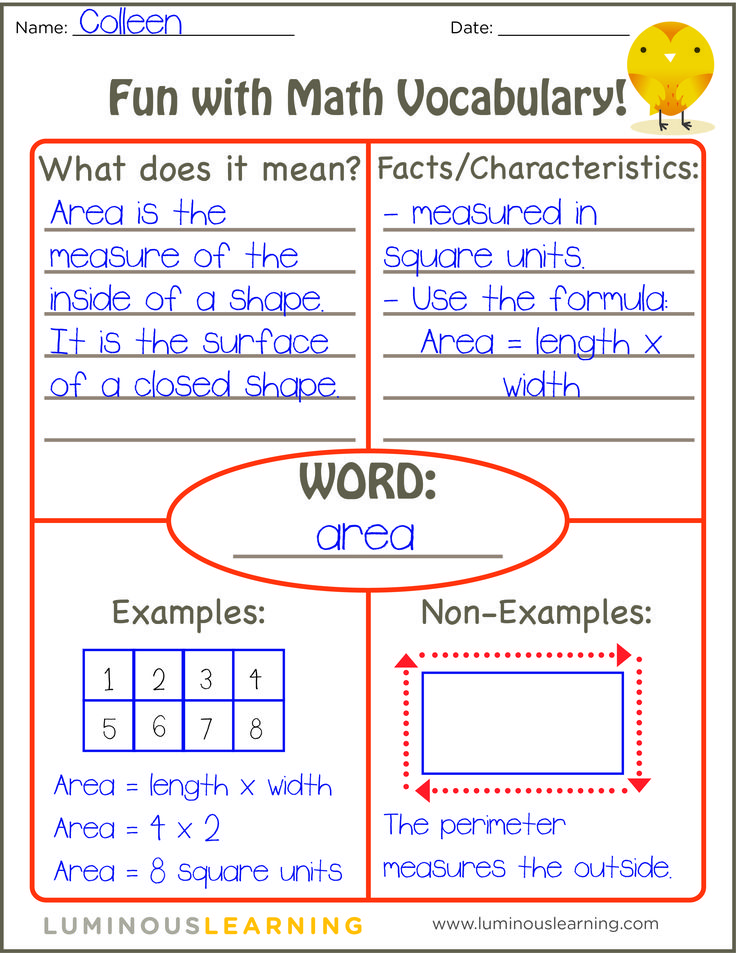
6 Effective Strategies For Teaching Vocabulary
1. Word WallTo help your students get more engaged in vocabulary development, you need to nurture word consciousness. This means raising students’ awareness of, and interest in all sorts of words and their meanings.
A Word Wall can help you achieve this. This is a collection of words that are displayed in large visible letters on a wall, bulletin board, or other display surfaces in a classroom.
Source: ELL STRATEGIES & MISCONCEPTIONS
So, set this wall and encourage your students ‘to walk the wall’ and hang their favourite words, new or unknown, on it.
Then, invite their classmates to add sticky notes with pictures or graphics, synonyms, antonyms, or related words. Then, student partners walk along the wall to quiz each other on the words (Graves & Watts-Taffe,2008).
Use the Word Wall one or more times a week.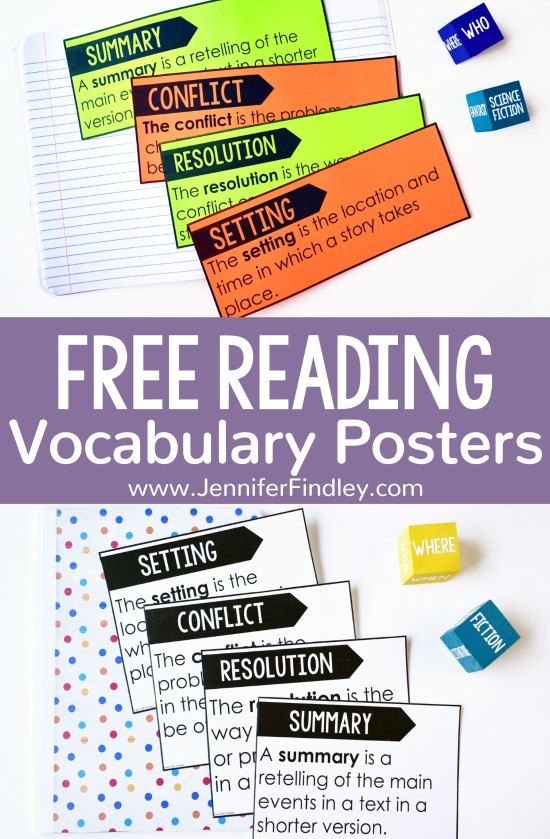 You’ll help your students make connections between new and known words.
You’ll help your students make connections between new and known words.
Since this is an ongoing activity during the whole year, you can keep observational notes of those students who are posting, responding to their words and those who are not adding words to the wall.
This will help you better understand what your students need to expand their vocabulary.
2. Word BoxWord Box is one of the strategies for teaching vocabulary. This is a weekly strategy that can help students retain and use words more effectively.
Students select words to submit to the word box on Friday. These are words they find interesting or ones they want to understand better. They either use the word in their own sentence or take the same sentence where this word was found.
Then, select five words to teach the following week.
Monday: Introduce the five words in context, explain them, then tack them to the Word Wall.
Tuesday: Ask students to create a non-linguistic representation of the words.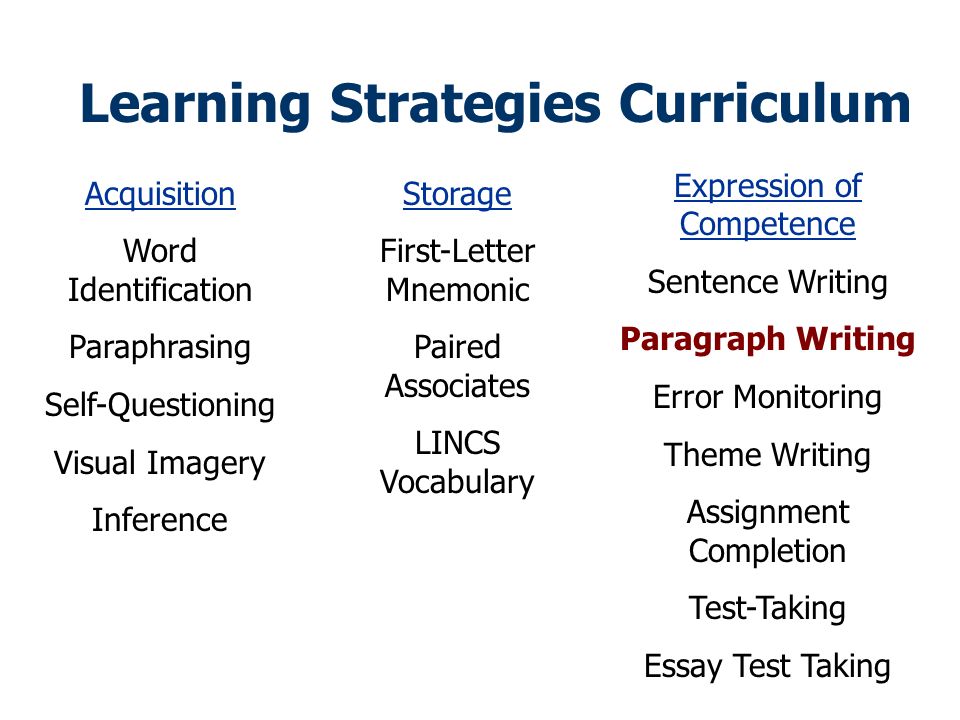
Wednesday: Discuss the meaning of the words allowing think-pair-shares.
Thursday: Ask students to write sentences using those words.
Friday: This is the day to assess students’ learning of the five words using this activity.
Ask one student to answer fill-ins for five words. Give students three cards that can hold up: green cards show they agree with the student’s answer, yellow they are unsure and red ones they disagree.
For assessing, use a checklist with the vocabulary running horizontally across the top margin and the class list running vertically down the side. (Adapted from Grant et al., 2015, p.195)
3. Vocabulary NotebooksAsk your students to maintain vocabulary notebooks throughout the year where they write the meaning of the new words.
You can introduce a new word each week and work together with students to explore its meaning. Then, ask them to sketch a picture to illustrate the word and present their drawings to the class at the end of the week.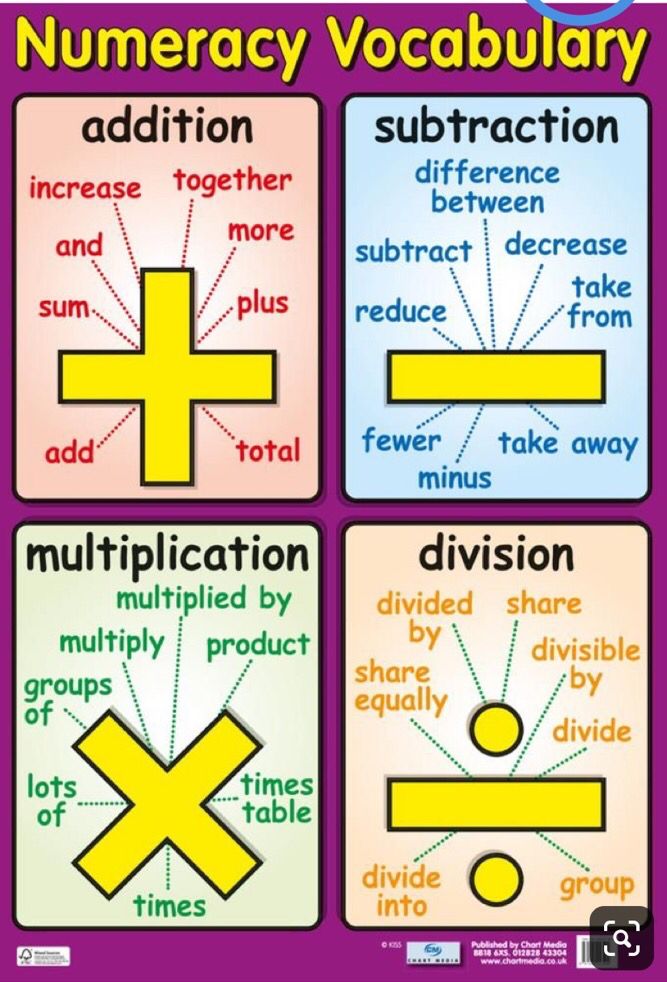
Another way to use vocabulary notebooks :
Students create a chart. The first column indicates the word, where it was found, and the sample sentence in which it appeared.
The other columns depend on your students’ needs.
You can include a column for meaning ( where students define the word or add a synonym), for word parts and related word forms (where they identify the parts and list any other words related to it), a picture, other occurrences (if they have seen or heard this word before, they describe where) and for practice or how they used this word. (Lubliner, 2005)
4. Semantic MappingThese are maps or webs of words that can help visually display the meaning-based connections between a word or phrase and a set of related words or concepts.
Teach your students how to use semantic mapping. Pick a word you intend to explain, draw a map or web on the board ( or on Zoom whiteboard or any digital tool in case you’re teaching online) and put this word in the centre of the map.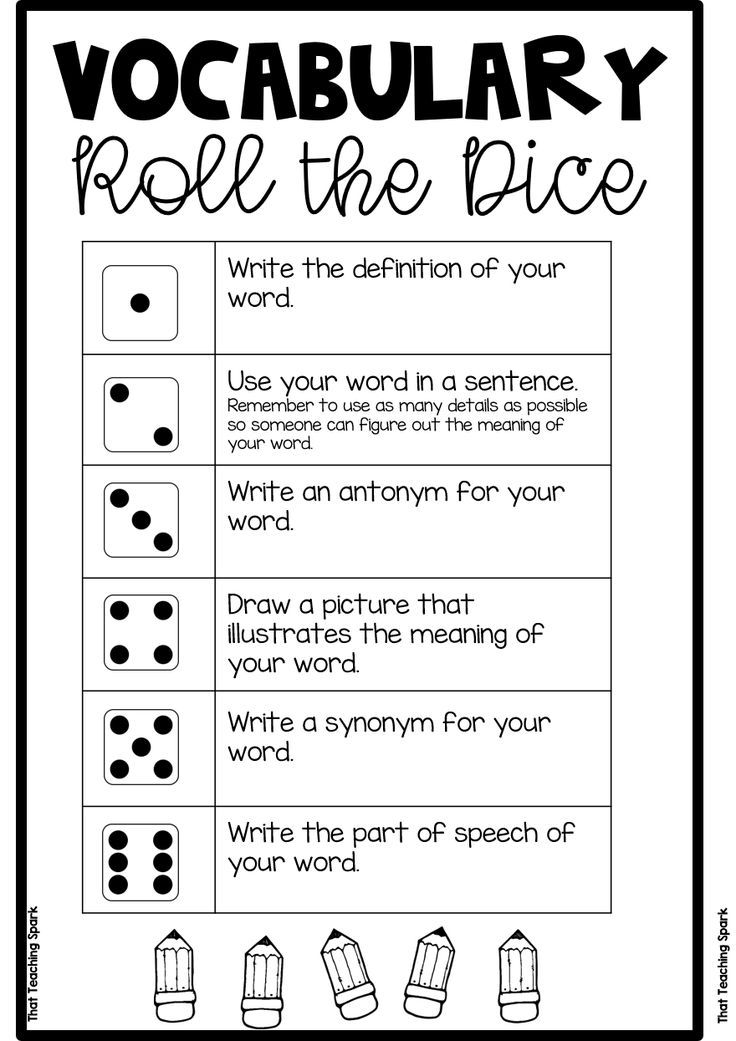 Then, ask students to add related words or phrases similar in meaning to the new word. (see the example below)
Then, ask students to add related words or phrases similar in meaning to the new word. (see the example below)
Source:weebly.com
5. Word CardsWord cards can help students review frequently learned words and so improve retention.
On one side of the card, students write the target word and its part of speech (whether it’s a verb, noun, adjective, etc.).
On the top half of the other side, they write the word’s definition (in English and/ or a translation). They also write an example and a description of its pronunciation. The bottom half of the card can be used for additional notes once they start using the word.
Ask students to add more information about the word each time they practise or observe it (sentences, collocations, etc.).
Yet, advise them not to add too much information in order to facilitate more reviewing the cards.
Devote regularly class time for students to bring their word cards to class.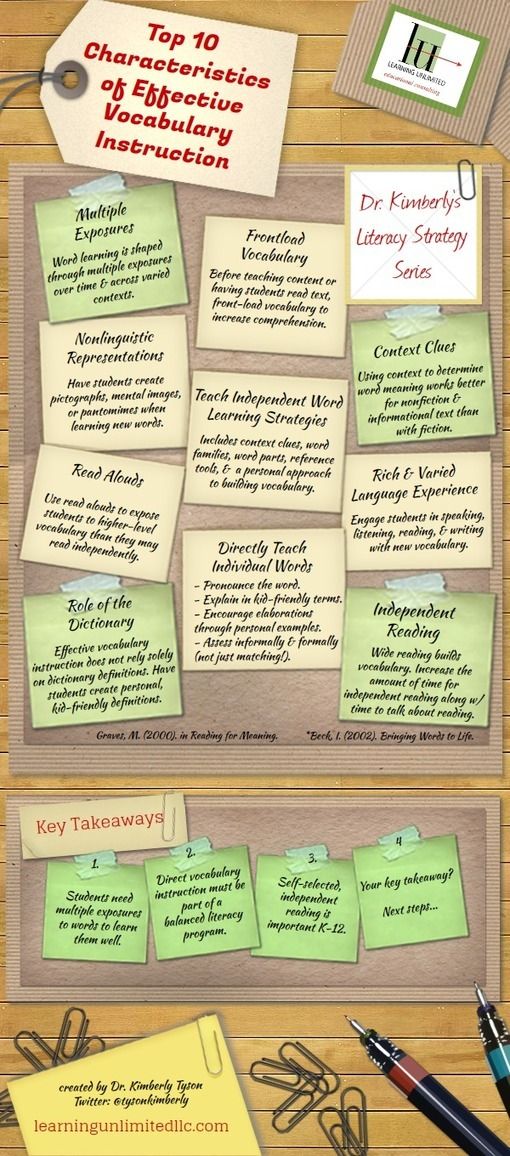 Involve them in activities such as describing the new words, quizzing one another, categorizing them according to subject or part of speech.
Involve them in activities such as describing the new words, quizzing one another, categorizing them according to subject or part of speech.
Also, show your students how to store and organize those cards. This is, for instance, by putting them into a box with the categories they select or ordering them in terms of difficulty. (Schmitt & Schmitt, 2005)
6. Word Learning StrategiesOur students often have only partial knowledge of the words they learn in the classroom. This is so since a word can have different meanings which they may not be familiar with.
Therefore, teaching students word learning strategies is important to help them become independent word learners. This is by teaching, modelling and providing a variety of strategies that serve different purposes.
Here are some examples of word-learning strategies.
a) Using word partsBreaking words into meaningful parts facilitates decoding. So, studying words’ parts can help students guess the meaning of new words from context.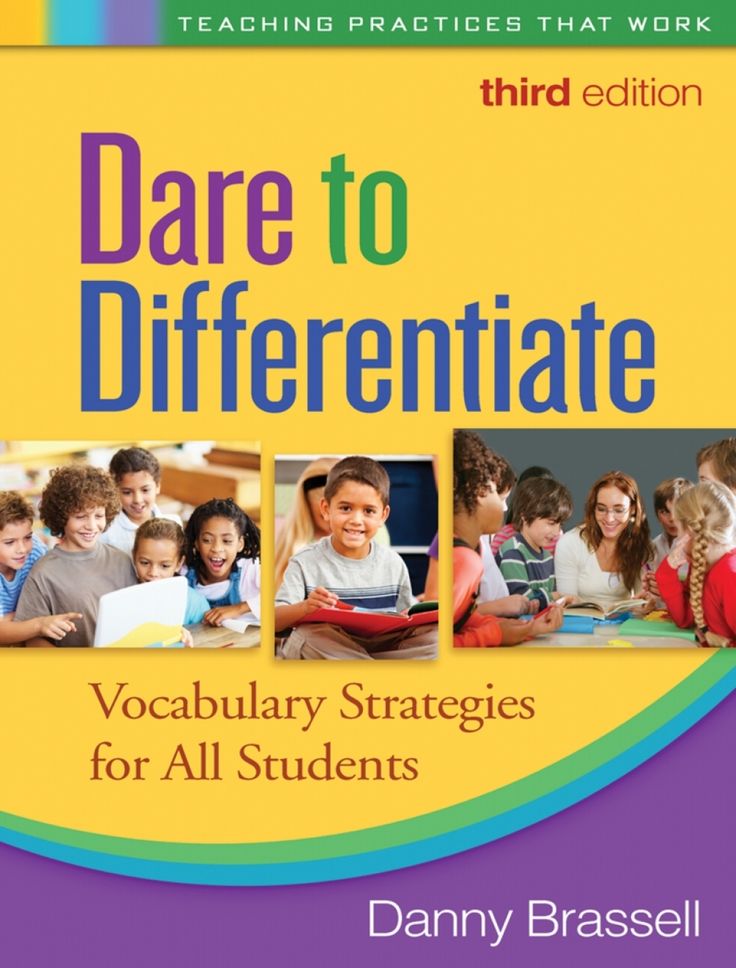
There are three basic ways that word parts are combined in English: prefixing, suffixing, and compounding.
Teach those parts. But, focus on the most occurrent ones.
Providing explanations about their use and meanings with illustration is necessary. Yet, it is still not enough.
You need to provide opportunities for students to experiment with word-building skills.
For instance, you can hand out a list of productive prefixes and have students compile a list of words using them. Then, ask them to compare the function of the prefixes in the various examples.
However, consider your students’ level since word parts are more useful to students with larger vocabularies. For instance, a student who doesn’t know the meaning of the adjective content cannot guess the word discontent.
Remember also that learning word parts is an ongoing process. So, encourage your students to continue experimenting with them. (Zimmerman, 2009a)
b) Asking questions about wordKnowing a word means knowing about its many aspects: its meaning(s), collocations, grammatical function, derivations, and register.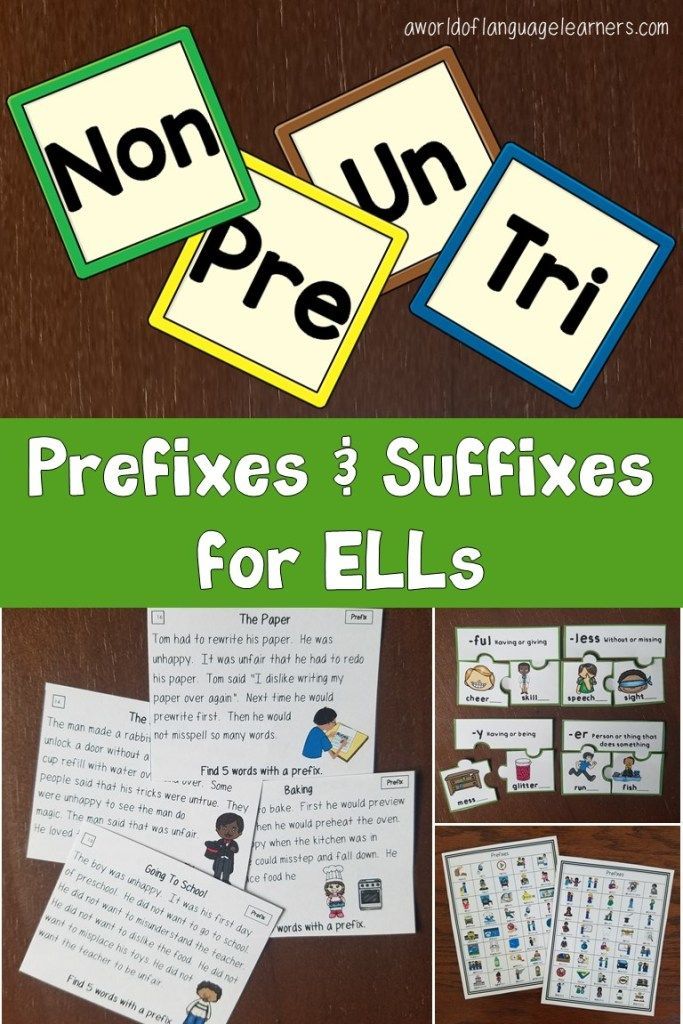
So, you can encourage your students to explore a new word’s meaning(s) by asking them to address detailed questions about those features and answer them.
Students will ask questions like these :
• Are there certain words that often occur before or after the word ? (collocation)
• Are there any grammatical patterns that occur with the word ? (grammar).
• Are there any familiar roots or affixes for this word ? (word parts)
• Is the word used by both men and women? (register/appropriateness)
• Is the word used in both speaking and writing?
(register/appropriateness)
• Could it be used to refer to people? Animals?Things? (meaning)
• Does it have any positive or negative connotations? (meaning) (Zimmerman,2009a)
When students learn new words it does not necessarily mean they’ll use them. Students may avoid using words in writing because they are unsure of the spelling. When they speak, they may not be willing to use certain words as they roughly understand them in context.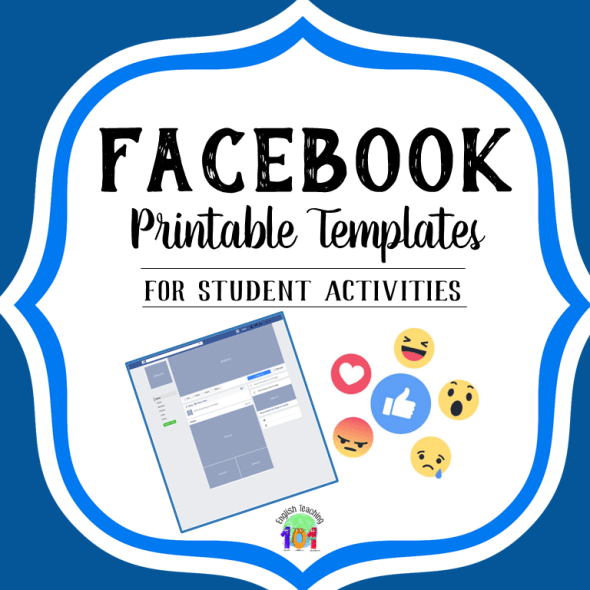
Encouraging students to self-assess their knowledge of each new word they learn can help them focus on areas needing practices. Here is an example of a self-assessment scale students can use.
Besides these 6 engaging strategies for teaching vocabulary, here are some essential tips to follow while using them :
1) Identify the potential list of words to be taught. Keep the number of words to a minimum (three to five words in one lesson) to ensure there is ample time for in-depth vocabulary instruction, yet enough time for students to practise them.
2) Expose students to multiple contexts in which the new words can be used. This will support them to develop a deeper understanding of these words and how they’re used flexibly.
You can do so by giving students frequent opportunities to hear the meaning of the words, read content where these words are included, and also use them in speaking and writing.
3) Encourage extensive reading because this gives students repeated or multiple exposures to words and is also one of the means by which students see vocabulary in rich contexts.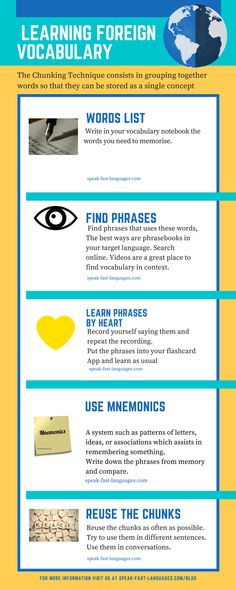
So, for rich vocabulary development, use a variety of strategies for teaching vocabulary and provide the necessary support and guided practice. Besides, assess vocabulary learning and encourage students to learn more words outside the classroom.
What other Strategies For Teaching Vocabulary would you suggest? I would love to hear from you.
References
Grant, K..B., Golden, S.E., & Wilson, N.S.(2015). Literacy Assessment and Instructional Strategies: Connecting to the Common Core. USA: Sage Publications, Inc.
Graves, M.F., & Watts-Taffe, S.M. (2002). The place of word consciousness in a research-based vocabulary program. In A.E. Farstrup 1 S.J.Samuels (Eds.), what research has to say about reading instruction (3rd ed., pp.140-165). Newark, DE: International Reading Association.
Graves, M.F., & Watts-Taffe, S.M. (2008). For the love of words: Fostering word consciousness in young readers. The Reading Teacher, 62 (3), 185-193.
Hulstijn, J. & Laufer, B.(2001). Some empirical evidence for the involvement load hypothesis in vocabulary acquisition. Language Learning 51/3:539-58.
Lubliner, SH.(2005). Getting into Words: Vocabulary Instruction That Strengthens Comprehension. Baltimore: Paul H. Brooks Publishing.
Schmitt, D., & Schmitt, N.(2005). Focus on Vocabulary. New York: Longman.
Zimmerman, Cheryl. B.(2009a). Word Knowledge: A vocabulary teacher’s handbook. New York: Oxford University Press.
Zimmerman, Cheryl. B.(2009b).(ed.). Inside Reading: The Academic Word List in Context. Four Levels. New York: Oxford University Press.
5 Continuous Vocabulary Strategies for TOEFL
Have you already started preparing for the TOEFL? Have you submitted it yet? Are you never going to go through it at all?
Actually, your answer doesn't matter. You are learning English, which means you understand that you need to memorize new words.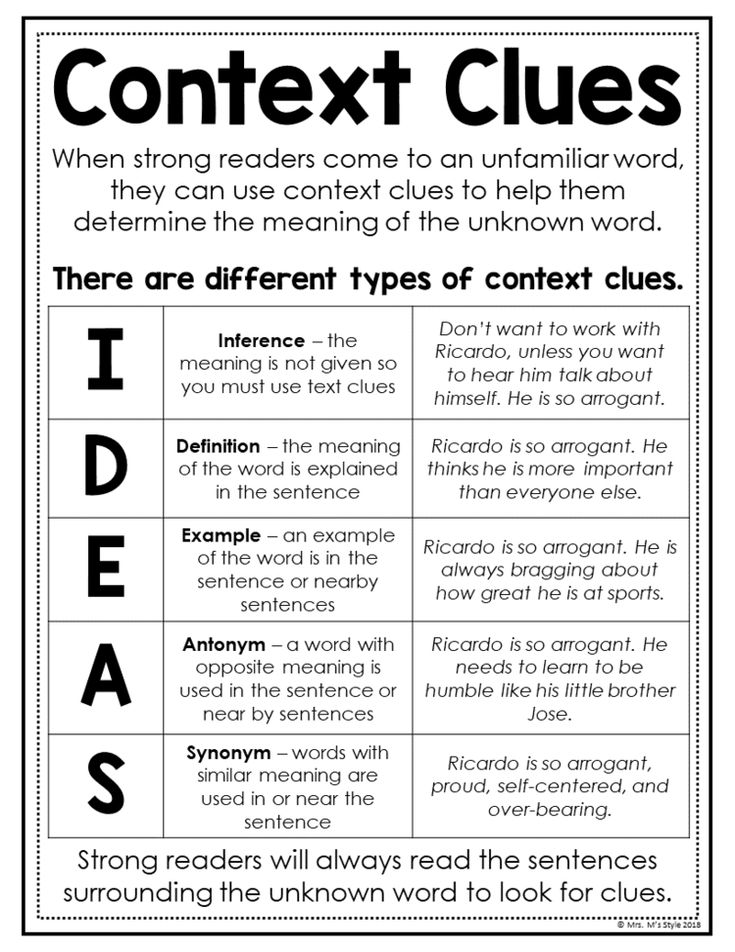 But have you ever learned a word by heart, and after a few days - or even minutes - forgot it? If everything is in order with you, then the answer will be positive.
But have you ever learned a word by heart, and after a few days - or even minutes - forgot it? If everything is in order with you, then the answer will be positive.
Unfortunately, memorizing new vocabulary - especially all those tricky words for TOEFL iBT - can be really tricky. Teachers in schools often force children to memorize such lists, but they do not help their students by teaching them about useful techniques. If students manage to memorize the words in this case, they cannot use them or even pronounce them correctly. As a result, students become frustrated, feel like idiots, and come to the conclusion that memorizing vocabulary is a very difficult task. But it's not! We are ready to share with you 5 simple and effective strategies for memorizing new words.
Strategy #1: Set realistic goals
You should tackle a reasonable amount of new vocabulary. If you try to learn too many phrases in a short amount of time, you will only really remember a few of them.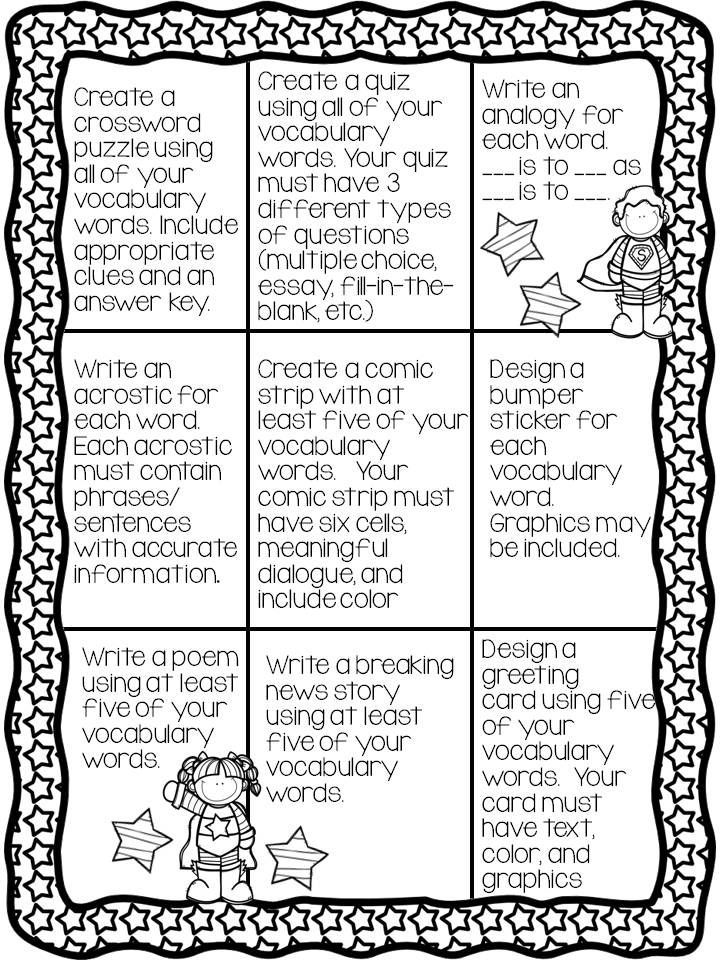 Imagine that you have a list of 30 new words in front of you, and you want to master them. Great, but...
Imagine that you have a list of 30 new words in front of you, and you want to master them. Great, but...
How much free time do you have?
You need to sleep, shower, dress and take care of yourself, eat, spend time on the road, go to school, college or work... And then there's Facebook, family, friends, sports, TV. And household chores. And at least sometimes you just have to sit and do nothing.
You're busy. You live. You may indeed only have 1 hour per week to work on new vocabulary (60 minutes/30 words = 2 minutes per word). Imagine that you finally sat down, pulled out your list of phrases, and stared at it. Great, 2 minutes. Forward! Write, pronounce, memorize, insert into sentences. Forward! Forward! You only have 2 minutes for each word!
And what do you think about it? Is this real for you? No, it seems impossible. Most students need at least 4-5 minutes to memorize, pronounce and write down a new word correctly, come up with a sentence with it and include it in their thoughts.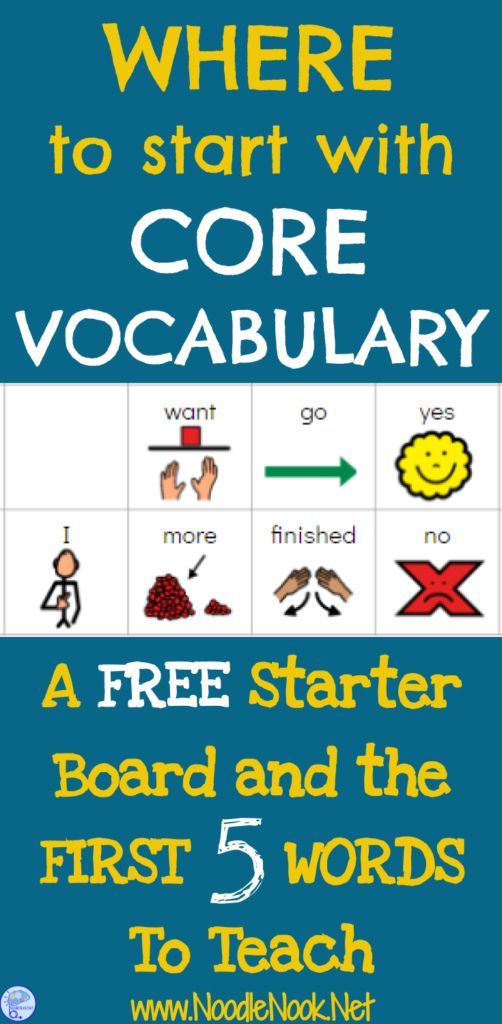
Think back to ordinary life
How much time do you really have to work with vocabulary? Are you free on Monday afternoons? On Thursday evening? On Saturday? When? Can you work with a dictionary while sitting on the bus? What about before school? Between classes? After study? Count your free time and divide it into 5-minute intervals. This will give you a number showing how many new words you should memorize in a week.
If you break away from reality, then you will be disappointed. Working with vocabulary (and being able to think fast enough to use it!) takes time, patience, and dedication. Most ordinary people are not able to absorb a lot of information quickly. Your eyes are not cameras and your brain is not a bookshelf.
Strategy #2: Don't memorize words in alphabetical order
Situation:
Imagine that you found a list of 30 words in a dictionary. They are in alphabetical order (for example, they all start with the letter "a").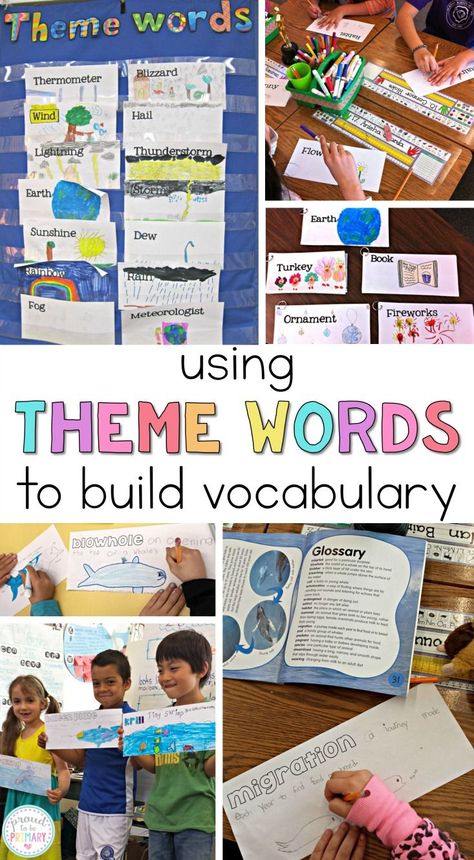 Each of them is accompanied by either an interpretation in English or a translation into your native language.
Each of them is accompanied by either an interpretation in English or a translation into your native language.
It. Terrible.
Memorizing words from a dictionary can cause various problems. Here are just 2 of them:
1. You can easily get confused by similar words (for example: "In English, would it be 'abase' or 'abate'? 'S' or 'T'?! Damn it!")
2. Your brain becomes lazy and refuses to actively learn if you show it the word and the translation at the same time. (For example: "increase / زيادة" or "increase / aumento" or "increase / meningkatkan").
If you have both words in front of your eyes at once, then you just LOOK at them. And this has nothing to do with creating a problem that your brain should have solved.
We asked our teacher for some advice on memorizing vocabulary for TOEFL. Here is what she recommended to us:
Make reminder cards!
Cards can be carried with you everywhere. And the effect achieved thanks to them is much higher. Why? Everything is simple, and it will take about 3 minutes to memorize each word.
And the effect achieved thanks to them is much higher. Why? Everything is simple, and it will take about 3 minutes to memorize each word.
Practice 15 minutes a day!
Sign up
for a free trial lesson in any group
By clicking, you agree to the processing of your personal data
DO NOT leave cards at home. They should "settle" in your pocket - then you will be ready to work out at any moment. Study them for 5 minutes while sitting on the bus. Give them 3 minutes between lessons. Spend 8 minutes working with them, waiting for a friend in a cafe. Total: 15 minutes a day.
If you can find 15 minutes a day for vocabulary lessons, then increase the time allotted for memorizing words by 105 minutes a week. And this is almost 2 hours - and already much more than the originally declared 1 hour!
Strategy #3: Practice pronunciation
The English language is replete with puzzling words, the sounds in which are radically different from the letters written on paper.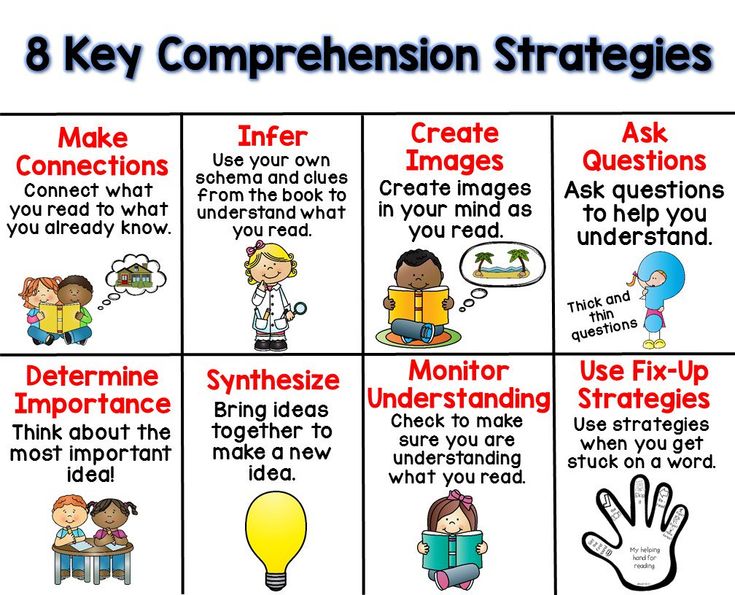 For example, "draught" or "rough" or "through" or... The list is endless. Fortunately, using an online dictionary, you can find the correct option in just a few seconds.
For example, "draught" or "rough" or "through" or... The list is endless. Fortunately, using an online dictionary, you can find the correct option in just a few seconds.
Strategy #4: Write a word many times in a row
You have to be good with spelling. On TOEFL iBT, spelling affects the grade for the written part of the work. Sloppiness and stupid typos [example: my nmae si Jaime] reduce the result.
Yes, we understand that spelling in English is terrible. American students have no easier time than foreign students. Every Monday they receive a list of 10-15 words. And every Friday they write a dictation. And so every week: a new list and a new test.
Fun?! Believe me, many Americans have terrible spelling problems. The invention of "spell checker" in Microsoft Word is a godsend for them.
However, TOEFL iBT will have only one verifier - yourself.
Muscle memory is sometimes stronger than visual memory. Through active practice, your hands memorize the order of the letters in words.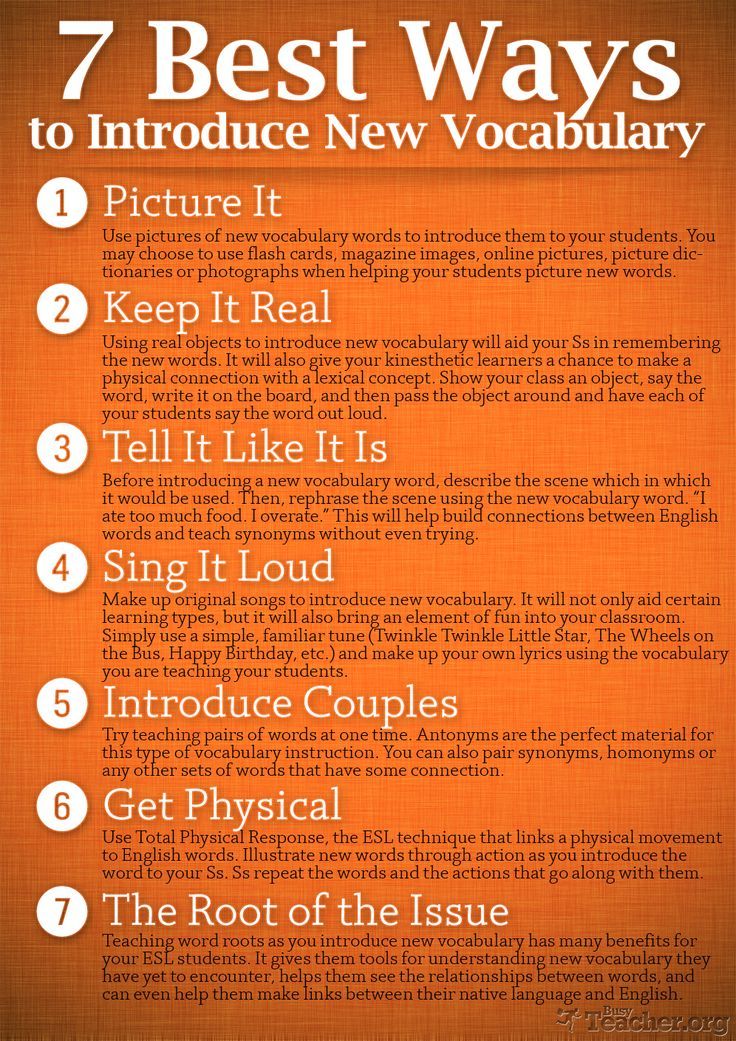 They feel how the right word is spelled correctly.
They feel how the right word is spelled correctly.
Take advantage of muscle memory
Learn to write complex words on drafts. Write the word correctly 3-4 or 7 times. In parallel, pronounce it - practice pronunciation. And then write down the word WRONG. Yes - make a mistake! Replace some letters. Then cross out the last option and write the word correctly again.
For example:
agriculture
agriculture
agriculture
agriculture
agracaltur ← error! Agriculture
Strategy No. 5: Regular repetition
Remember we said, "Your eyes are not cameras and your brain is not a bookshelf"? So it was, so it is, and so it will always be. So... if your brain is not a bookshelf, then WHAT is it? This is a muscle - the brain needs to be trained, give it exercises, ask it to remember, remember, remember. Repetition is the most important thing you can do.
Situation:
This month you have decided to learn 15 words a week for 4 weeks.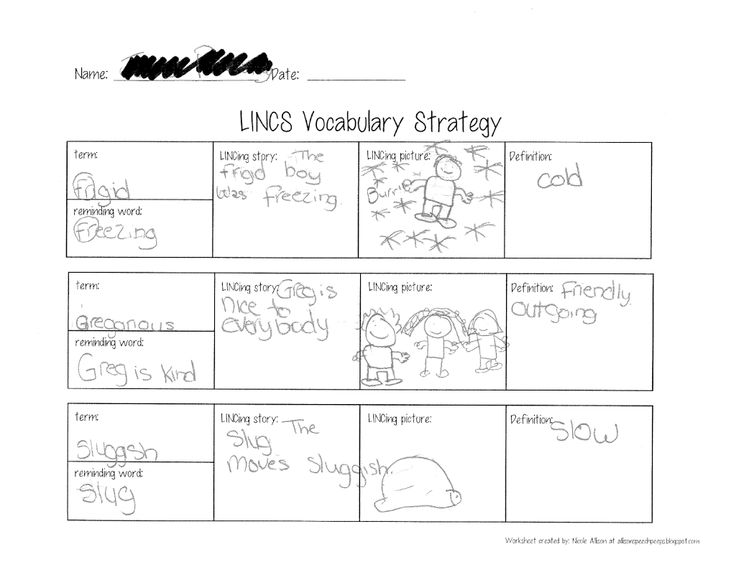 You have made 15 reminder cards, carry them with you and use them to study everywhere.
You have made 15 reminder cards, carry them with you and use them to study everywhere.
- At the end of the first week, put 15 cards on the table and move on to the next 15 words.
- At the end of the second week, repeat all 30 cards in 5-10 minutes. Then put them on the table and grab the next portion.
- At the end of the third week, take 5-10 minutes to review all 45 cards. Then put them aside and move on to the last 15 words.
- At the end of the month, work on all 60 reminder cards.
Every week you skim through the "old" information. Do not put off memorizing words for later. The longer you are going to get down to business, the lazier your brain becomes. He needs to be forced to train, work, think, give results. By exercising constantly, you avoid stress. And study in this case does not seem too difficult.
The author of the translation is Vyacheslav Davidenko, founder of MBA Consult
Source
Tags: TOEFL, vocabulary, TOEFL preparation, time management, goal setting
Strategies for expanding students' vocabulary in English classes.
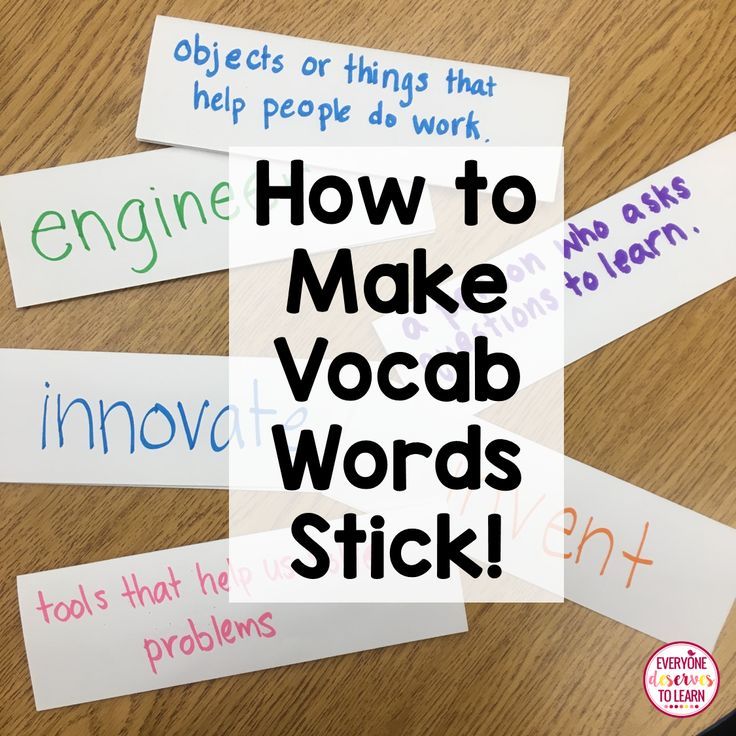
English Methodist Andrew Walkley said: “Without grammar you can say little, without vocabulary you can say nothing”. One cannot but agree with this statement. Without denying the importance of studying grammar, we understand that much more semantic load is contained in words, and not in grammatical constructions.
Enriching students' vocabulary is the most important task of a foreign language teacher. There are two goals of vocabulary enrichment:
- a quantitative increase in words and a qualitative improvement in the existing vocabulary;
- learning to use known and newly learned words.
We try to realize both of these goals in our lessons.
The main problem of studying vocabulary is the preservation in the memory of students of all entered and fixed words, up to graduation (practically, we can talk about 80% of words, at least - 60%. This requires multiple (over 20 times) use of each of them throughout long time at optimal intervals (from 1-3 days at the beginning of the organized use of the word to 1-3 months at the end of this period).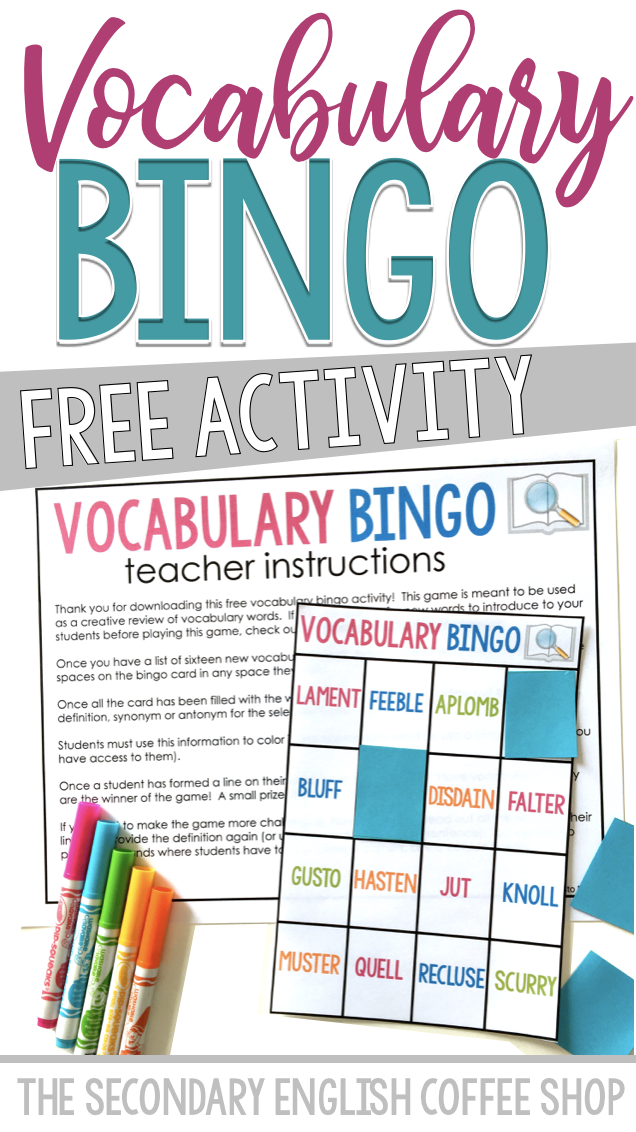 0% of such repeated use of passive vocabulary and 30-50% of active vocabulary lies with the author of the textbook. However, more than half of the repetitions of active and about 10% of repetitions of passive vocabulary should be provided by the teacher during speaking in the lesson. To do this, the teacher needs to include in the project of each lesson a list of not only new, but also repeated words in it (weakly learned, not used for a long time, in need of reinforcement). There are various ways to enrich students' vocabulary. Here are a few strategies to achieve this.
0% of such repeated use of passive vocabulary and 30-50% of active vocabulary lies with the author of the textbook. However, more than half of the repetitions of active and about 10% of repetitions of passive vocabulary should be provided by the teacher during speaking in the lesson. To do this, the teacher needs to include in the project of each lesson a list of not only new, but also repeated words in it (weakly learned, not used for a long time, in need of reinforcement). There are various ways to enrich students' vocabulary. Here are a few strategies to achieve this.
1. Lexical games
They are situational-variative exercises in which it is possible to repeatedly repeat a speech sample in conditions close to real speech communication with its inherent features - emotionality, spontaneity and purposefulness of influence. Lexical games focus students' attention on lexical material, aim to help them acquire and expand their vocabulary, illustrate and practice the use of words in communication situations. Lexically directed exercises in the form of a game contribute to the development of students' attention, their cognitive interest, help to create a favorable psychological climate in the classroom.
Lexically directed exercises in the form of a game contribute to the development of students' attention, their cognitive interest, help to create a favorable psychological climate in the classroom.
Memory game : The teacher writes on the board the words or phrases that need to be fixed. The teacher asks to turn away or close your eyes and erases one LU. Students must guess which LU is missing and write it correctly on the board.
Snowball game : When starting the game, the teacher says the first word. Each subsequent student must name all the previous words in the order in which they were included in the game, and say a new word. If someone forgot a word or mixed up the order, he is out of the game.
Team game : students are divided into two teams, a student from the first team says the word in English, students from the other team must say the given word in English as soon as possible and get a point for it.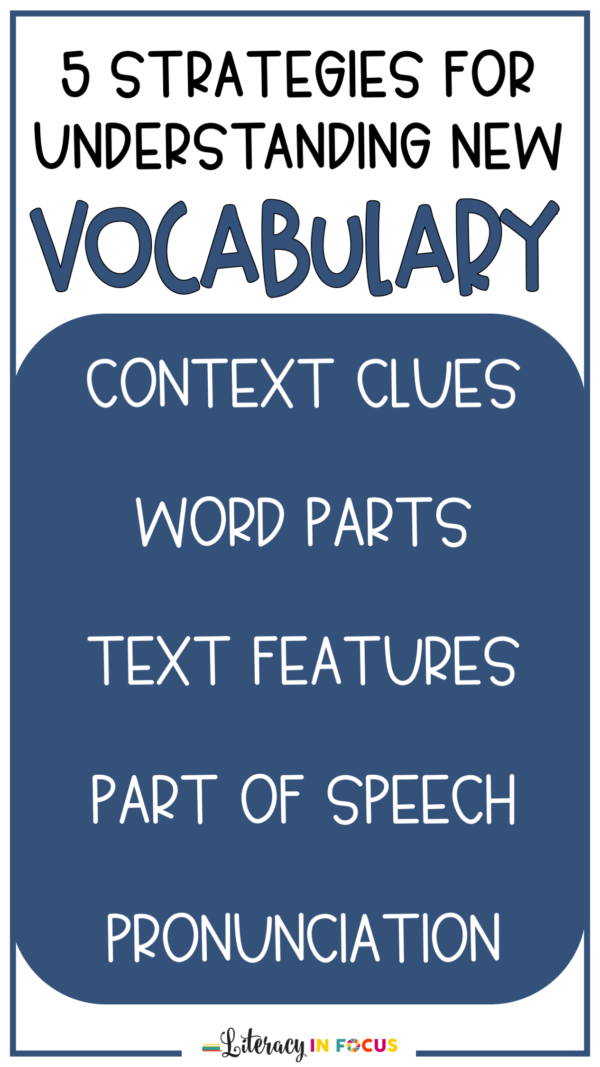 The game is played for 5 minutes. The team with the most points wins.
The game is played for 5 minutes. The team with the most points wins.
2. Forbidden words
“Forbidden words” are simply words that students are not allowed to use in their work. Make your list of "forbidden" words - these are simple words that your students use over and over again when they could use more complex vocabulary (for example, like, interesting, boring, good, nice, bad, big, run, etc.). )
However, take a moment to discuss the "allowed" synonyms for each of these words, to discuss the nuances of the meanings. It would be a great idea to make a poster with the "forbidden" word and its alternatives. For example: Interesting: amusing, enjoyable, entertaining, fascinating, gripping, absorbing, newsworthy, arresting, captivating, exceptional, magnetic, etc. Do not forget to discuss the stylistic features of synonyms.
3. "Vocabulary family"
Imagine that you have a choice: your students can learn 1 word or 5 at once. Which would you prefer? Naturally, we want our students to learn as much as possible when it comes to vocabulary.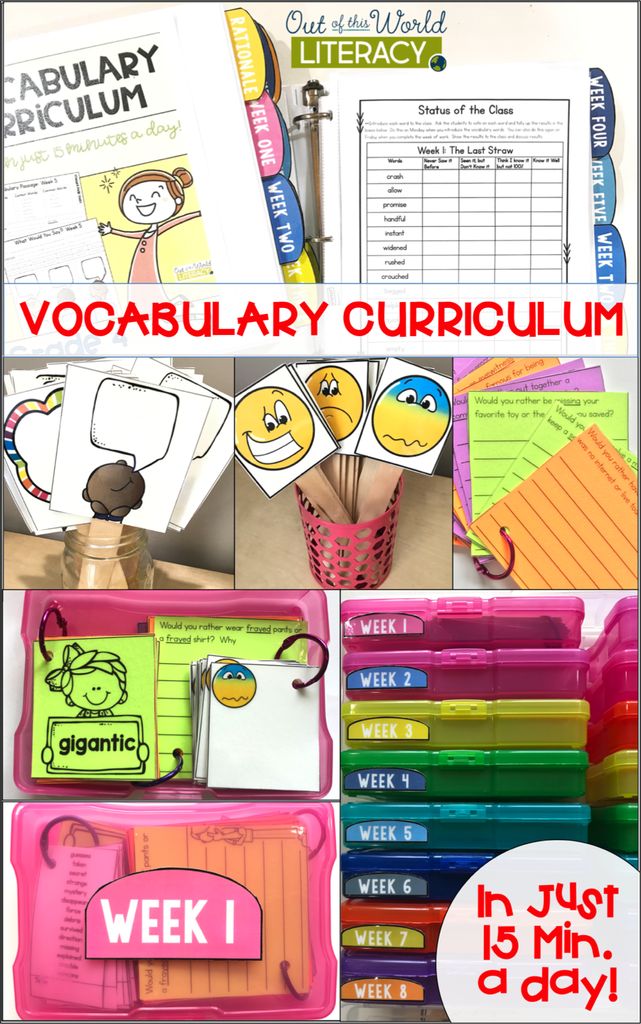 One way to achieve this is to introduce vocabulary through related words or “vocabulary families”. Instead of a single depend verb, your students will be familiar with dependence, dependent, independence, independent. At the same time, we will get acquainted with the methods of word formation.
One way to achieve this is to introduce vocabulary through related words or “vocabulary families”. Instead of a single depend verb, your students will be familiar with dependence, dependent, independence, independent. At the same time, we will get acquainted with the methods of word formation.
4 . Graphic organizer
Divide an A4 paper into four rectangles. At the intersection of these lines, write the word or phrase you want to remember. Label each rectangle starting from the top left clockwise:
-
Description: Define the term using your own words.
-
Characteristics: Give at least 3 interesting characteristics of the term.
-
Synonym: What is it like?
-
Antonym: What is it not like?
Students use their vocabulary to complete the boxes. Supplement them with drawings or diagrams.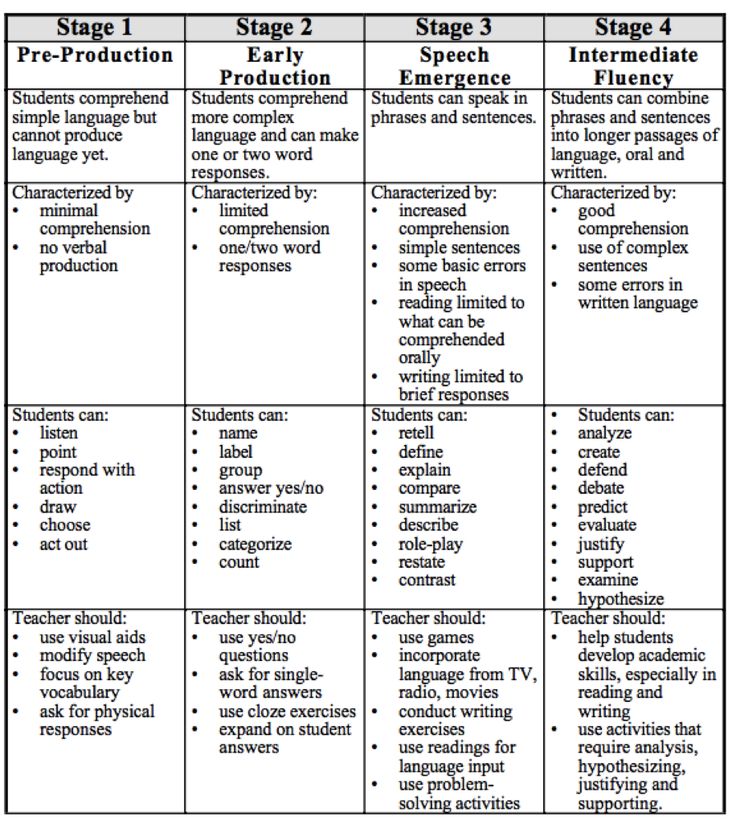
The 'Graphic Organizer' memory method helps students learn new words. If you define new lexical units in your own words, give examples from familiar situations and visual images, then any word will be imprinted in your memory for a long time.
How to use the graphic organizer in the classroom:
-
Preparation. Define a list of words to study within a particular topic. Working with a group of 3-4 students, have each group study one word.
-
Mini demo. Explain to the class what a graphic organizer is and how to fill in the boxes.
-
Group work. Make it easier for students to work on new words by discussing with each group the word given to them. Use leading questions to encourage the group to think along the lines you want.
-
Lesson discussion. Have one student from the group present their word. Let members of different teams talk to each other and get to know other words.
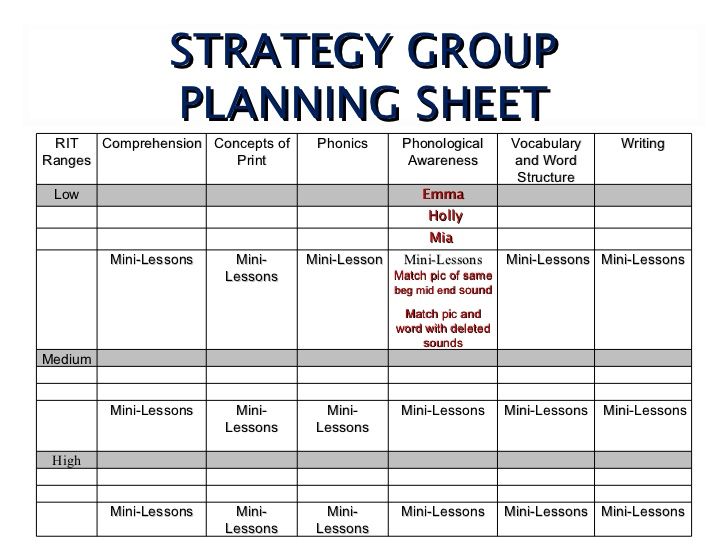 2-3 minutes is enough for this, so as not to interrupt the rhythm of the lesson.
2-3 minutes is enough for this, so as not to interrupt the rhythm of the lesson.
5. Use of dictionaries.
Learning a new LU always starts with a dictionary. At present, it is more convenient to use electronic dictionaries for working with new LEs, because they not only significantly exceed book ones in volume, but also find the desired word or phrase in a few seconds, electronic dictionaries contain more neologisms, since the language is a reflection of the real life of people, their culture. All new vocabulary cannot be adequately reflected in "paper" dictionaries for the simple reason that they take too long to develop. In fact, many dictionaries that were formed in the linguistic atmosphere of the middle of the century are very outdated. They do not indicate the modern meanings of old words, and many new words are simply missing. This has become especially evident with the development of the Internet: most of the Web pages consist of English texts written in living modern language, using colloquial vocabulary and slang.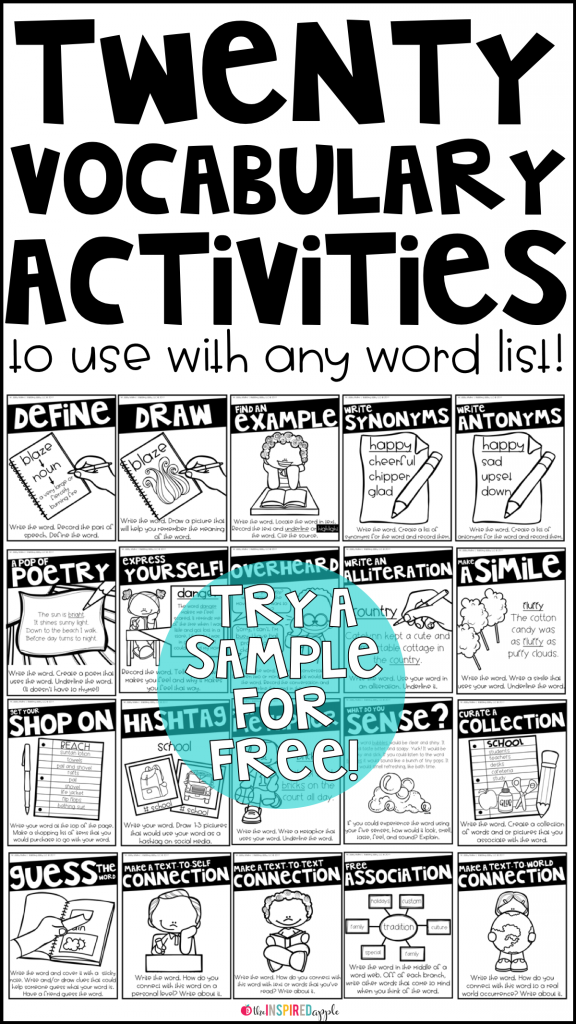 Only the use of electronic dictionaries can solve this problem. Mass software products, such as electronic dictionaries, are characterized by frequent version changes and constant feedback from thousands of users.
Only the use of electronic dictionaries can solve this problem. Mass software products, such as electronic dictionaries, are characterized by frequent version changes and constant feedback from thousands of users.
Electronic dictionaries contain not only transcription, but can also pronounce words.
The most common - ABBY Lingvo, Multilex, Multitran, Cambridge Dictionaries Online . I want to introduce you to the following site http://wordsteps.com , allows you to do work similar to working with your vocabulary (Vocabulary). We click on the "create a new dictionary" button, give it a name, drive words and translations into special fields, and the program creates exercises. There are several types of exercises, such as multiple choice, word building, and performance statistics. You can use thematic dictionaries already compiled by other people. There are word limits in the free version.
6. "Word Wall"
The effectiveness of learning depends on the effectiveness of the learning environment, and the classroom, as part of such an environment, plays an important role.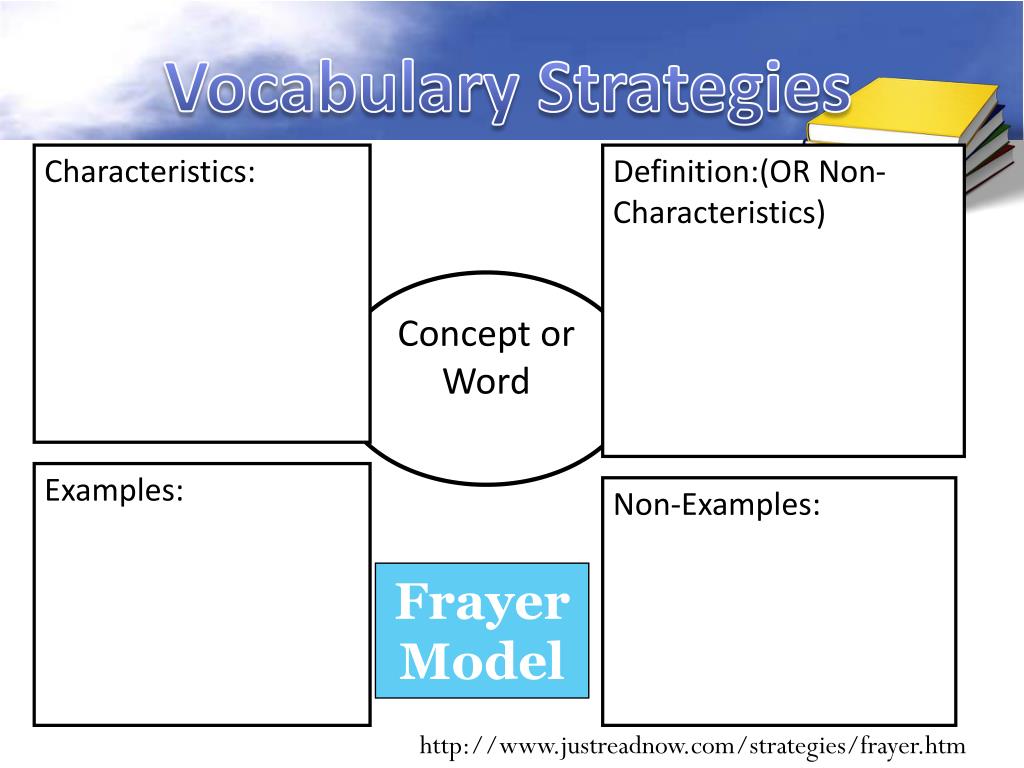 Invite your students to be active participants in the vocabulary building process with the Word Wall. Ask students to write down new words for them that they will meet in extracurricular life. The word must be written on a small card, and on the reverse side - a definition and an example, and the card should be placed on the "Word Wall". Each student can get familiar with the words. After some time, you can ask students to come up with and play games with classmates with these words (Crosswords, Deaf Phone, Field of Miracles, etc.) Students usually like that they "had a hand", and such words are remembered better.
Invite your students to be active participants in the vocabulary building process with the Word Wall. Ask students to write down new words for them that they will meet in extracurricular life. The word must be written on a small card, and on the reverse side - a definition and an example, and the card should be placed on the "Word Wall". Each student can get familiar with the words. After some time, you can ask students to come up with and play games with classmates with these words (Crosswords, Deaf Phone, Field of Miracles, etc.) Students usually like that they "had a hand", and such words are remembered better.
7. Flash cards
Flash cards should be easy to use. It is necessary to choose the right size for cards that will fit comfortably in the palm of your hand, which will be easy to shift.
-
Cards use thick paper or cardboard, cards can be laminated for longer use.
-
A word in a foreign language is placed on the front side of the card, it is possible to add a transcription and an example of the use of the word in a sentence.
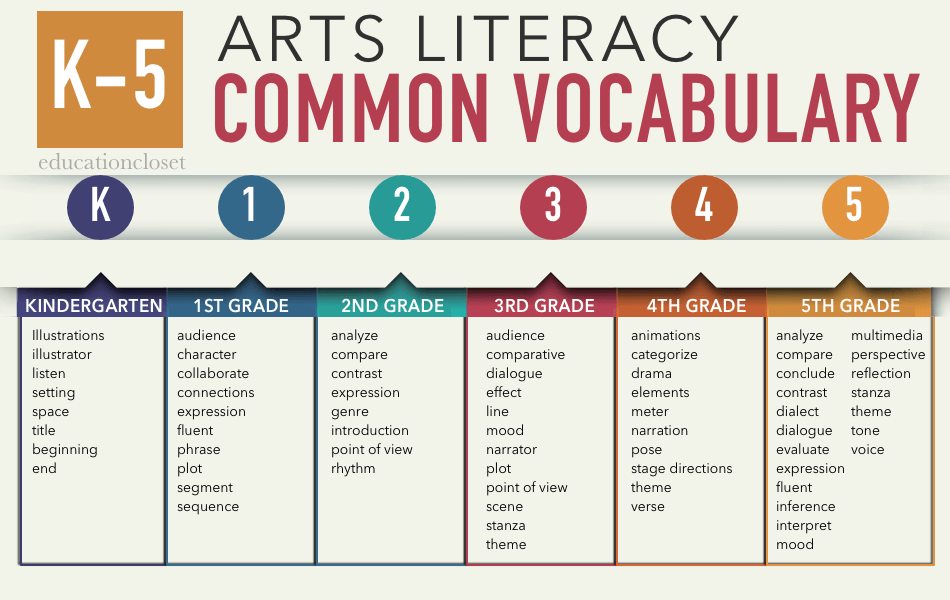 On the reverse side is placed a picture or a translation indicating the lexical meaning of the word.
On the reverse side is placed a picture or a translation indicating the lexical meaning of the word.
Using Flash cards is an effective method for:
-
Study of the graphic form of words
-
Removing of lexical meaning
- 9000 Options of the word (reading) 22 reserve to active (use in speaking)
-
Increasing motivation to learn a foreign language.
In the 1970s, the German scientist and journalist Sebastian Leitner proposed a practical method for learning words (and in our case we are talking about foreign vocabulary) with less effort than the traditional method - the method of simply repeating flash cards, going over constantly one after another.
In this method, the so-called flash cards are sorted into groups according to how well the student learned the information on each card. For example, when learning a foreign language, a student tries to remember the meaning of a word written on a flash card.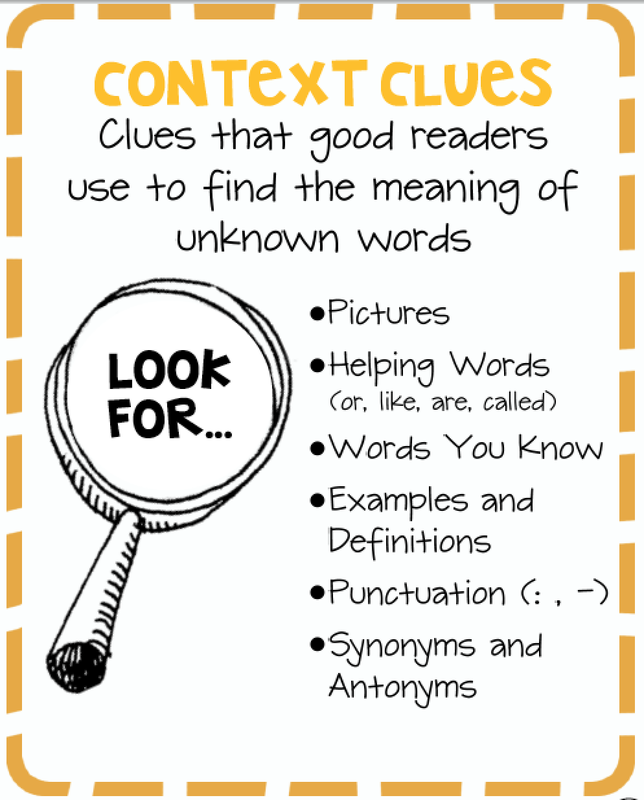 If he remembers it, then the card is transferred to the next group. If not, then the card is returned to the first group. Each next group is repeated at increasing intervals. Advantage of Method
If he remembers it, then the card is transferred to the next group. If not, then the card is returned to the first group. Each next group is repeated at increasing intervals. Advantage of Method
So, according to the Leitner system, you repeat more often exactly those words that are more difficult to remember, which allows you to save time on words that are remembered well. As a result, there is a reduction in the time spent on training.
Adapted method of the Leitner system - you need to take a stack of flash cards. If the word on the top card is known, then the card is shifted to the end of the pile. If the word is unknown, then after viewing the translation it is shifted to the middle of the pile (closer to the beginning) so that it occurs earlier and more often than the words already known. Thus, we achieve more frequent repetition of the necessary difficult vocabulary and its lasting memorization.
You can make flash cards with phrasal verbs and idioms.
The website http://www.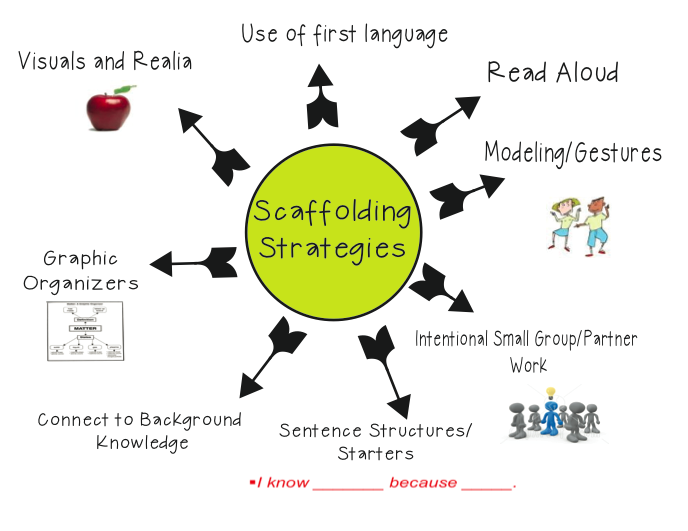 english-4kids.com/flashcards.html has a huge selection of ready-made colorful flash cards.
english-4kids.com/flashcards.html has a huge selection of ready-made colorful flash cards.
8. Memory cards
The Mind Map memory card is an alternative to traditional methods of processing and transmitting information (notes, short notes, diagrams, etc.) This alternative is more productive, as it has a natural psychological basis, and most importantly, transforms student into an active creator of their own knowledge.
The psychological basis of the memory card method is associative thinking. The memory card itself, from the point of view of its creators, is a model of how our brain works.
It is enough to reproduce in memory one object of this information map, and it will pull dozens of interconnected facts, events, sensations in a chain. This is how multidimensional associative thinking arises, which allows you to see not just an object of the surrounding world in itself, but in interconnection with other objects.
This is how the memory card works.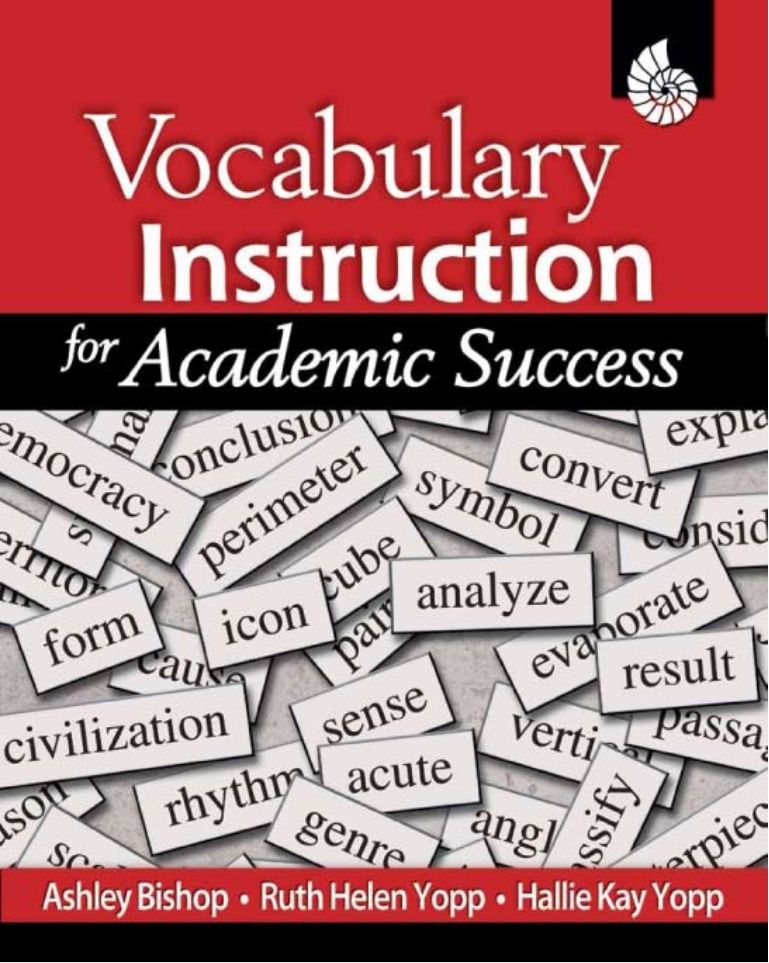
There are certain rules for creating mind maps developed by Tony Buzan, which are described in detail in his book "How to Mind Map", namely: Buzan attaches almost the main importance to highlighting the keyword of the associative chain
Drawings and pictures can be used to represent the central idea.
Each main branch has its own color.
Only colored pencils, markers, etc. are used to create maps. orders are connected to the main branches.
Branches should be curved, not straight (like tree branches).
Only one keyword is written above each branch line.
For better memorization and assimilation, it is desirable to use pictures, pictures, associations about each word.
The result of work is an individual product of one person or one group. Expresses individual capabilities, creates space for the manifestation of creative abilities.
Of course, you can use special programs for compiling Mind Maps, such as MindJet Mind Manager, ConceptDraw MINDMAP, MindMapper, etc.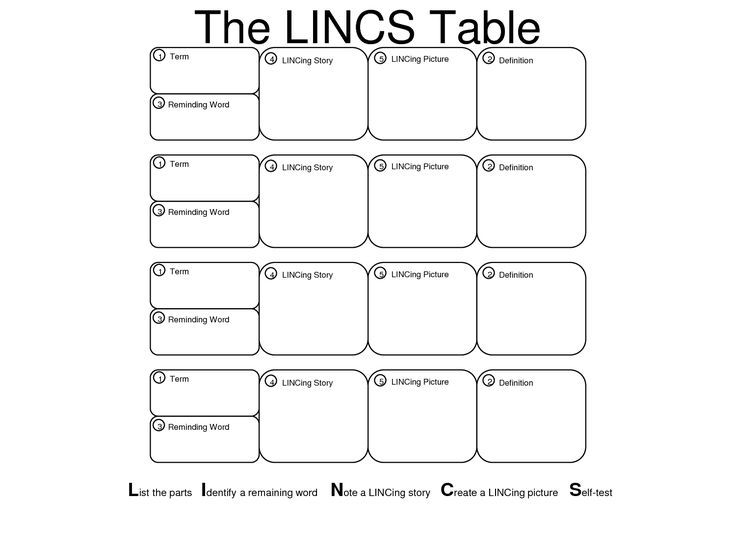 , but I recommend making mind maps with your hands - this is a good way to take your mind off the computer and train your thinking and imagination.
, but I recommend making mind maps with your hands - this is a good way to take your mind off the computer and train your thinking and imagination.
Advantages of mental maps
-
are convenient to use
-
shows the connections between phenomena, thinking logic
-
Contribute to the better memorization of information
- 22222222223
This technique is good to use in group work at the stage of consolidating the passed lexical material on a certain topic.
9 . Rhymes, poems, songs
The study of lexical units takes place in a playful way, which contributes to the comfortable state of students in the lesson. Children usually have unstable attention. Therefore, it is imperative that in the lesson plan it is necessary to provide for the types of work that relieve stress, switch the attention of children, and cause a positive emotional mood. Learning rhymes, poems meets the age and psychological characteristics of children.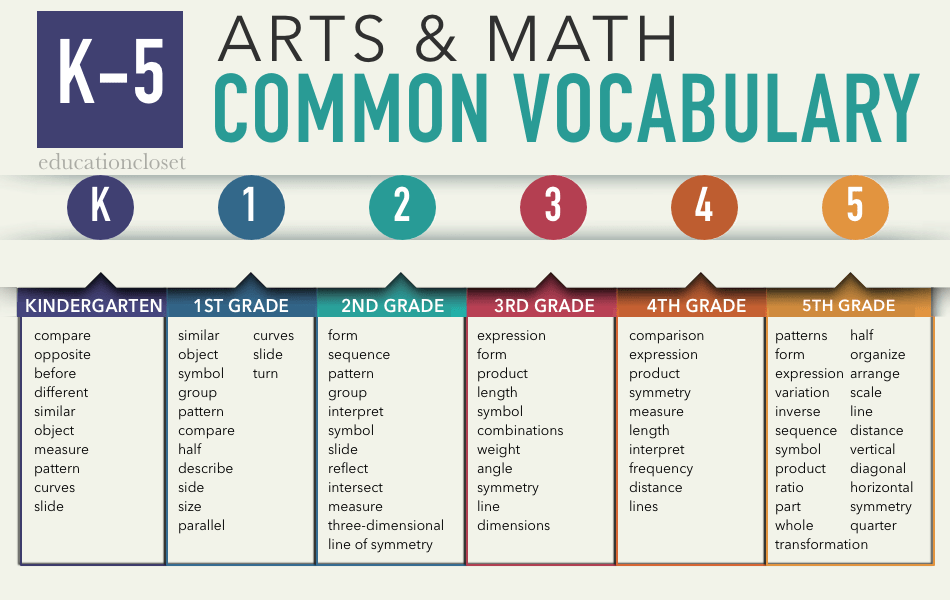 They are easy to learn, have such features as rhythm, sound repetition. Reading poetry is fun for kids. And what is experienced emotionally positively remains in the memory for a long time, leaving a trace in the mind of the child. Thanks to rhyme, lexical and grammatical structures are easily activated in oral speech.
They are easy to learn, have such features as rhythm, sound repetition. Reading poetry is fun for kids. And what is experienced emotionally positively remains in the memory for a long time, leaving a trace in the mind of the child. Thanks to rhyme, lexical and grammatical structures are easily activated in oral speech.
The fundamental point here is the use of an authentic speech sample, and here songs and poems have many advantages over prose material. They are easy to introduce, easy to remember, you can sing in chorus, which removes the psychological pressure from insecure students. In genuine song material, there are often whole phrases and individual lexical units that are specific to colloquial speech.
10. Crossword
Crosswords are a great way for students to activate their vocabulary.
This strategy can be used in the first lesson of a new topic. Students remember the words they will use in the next lesson.